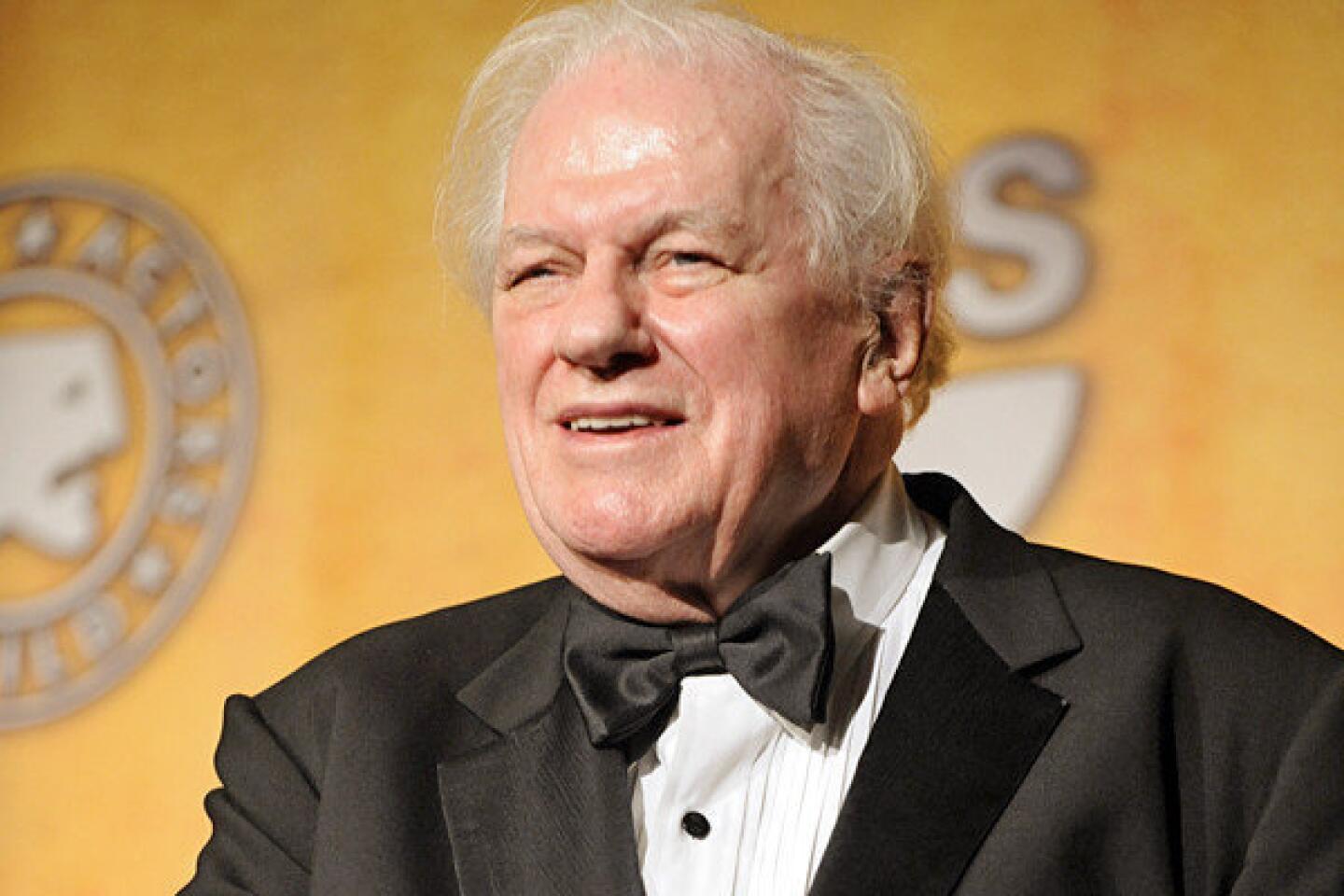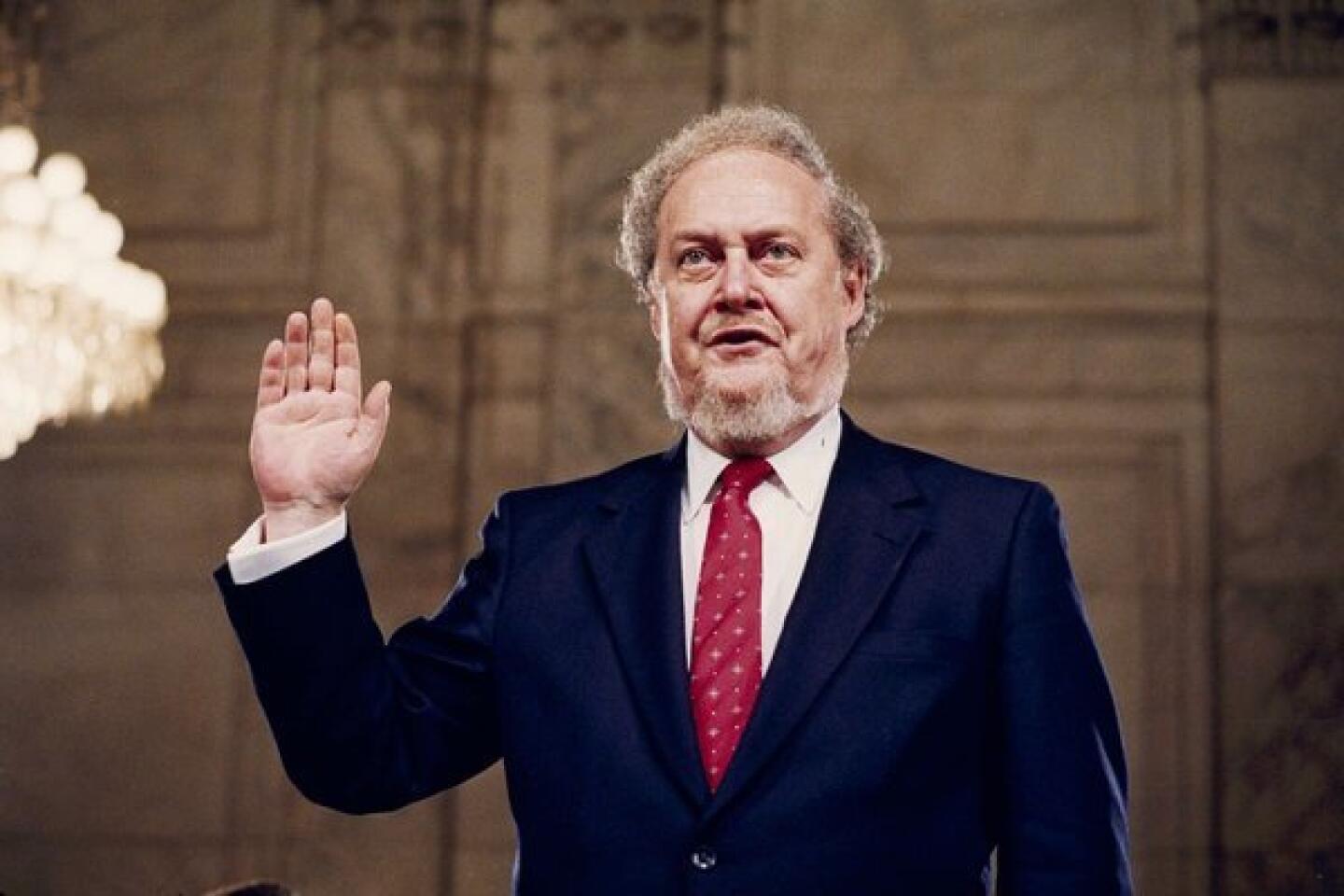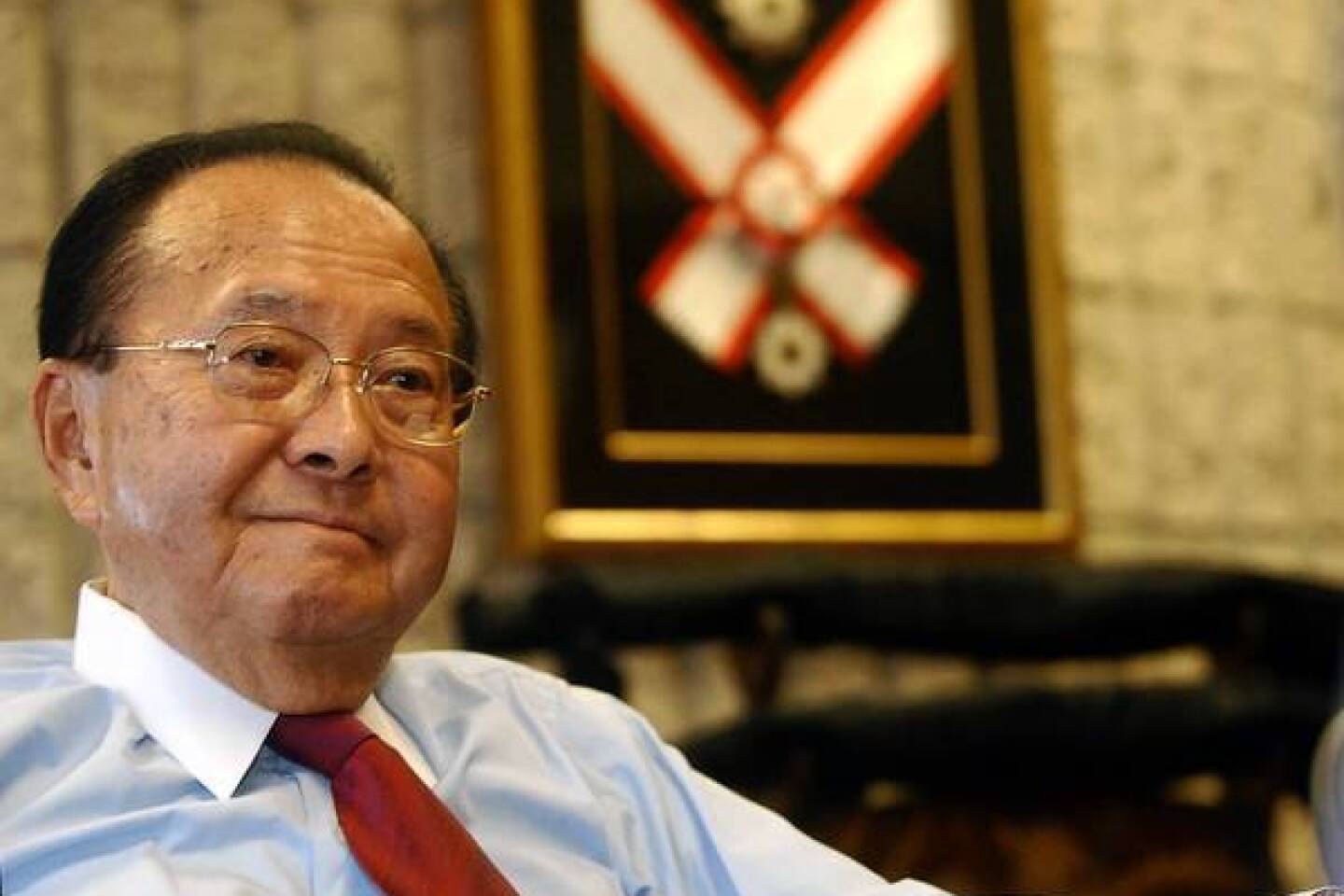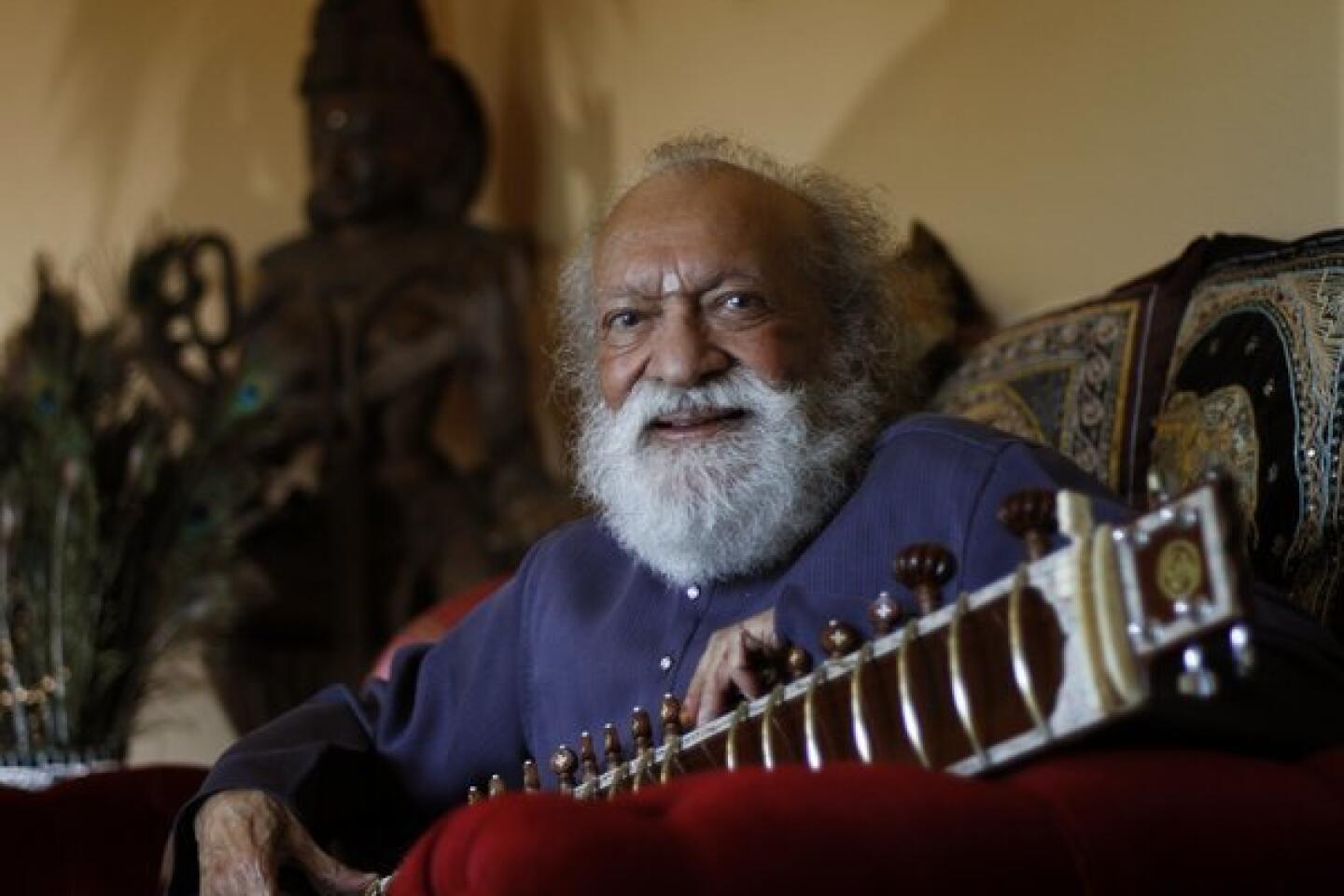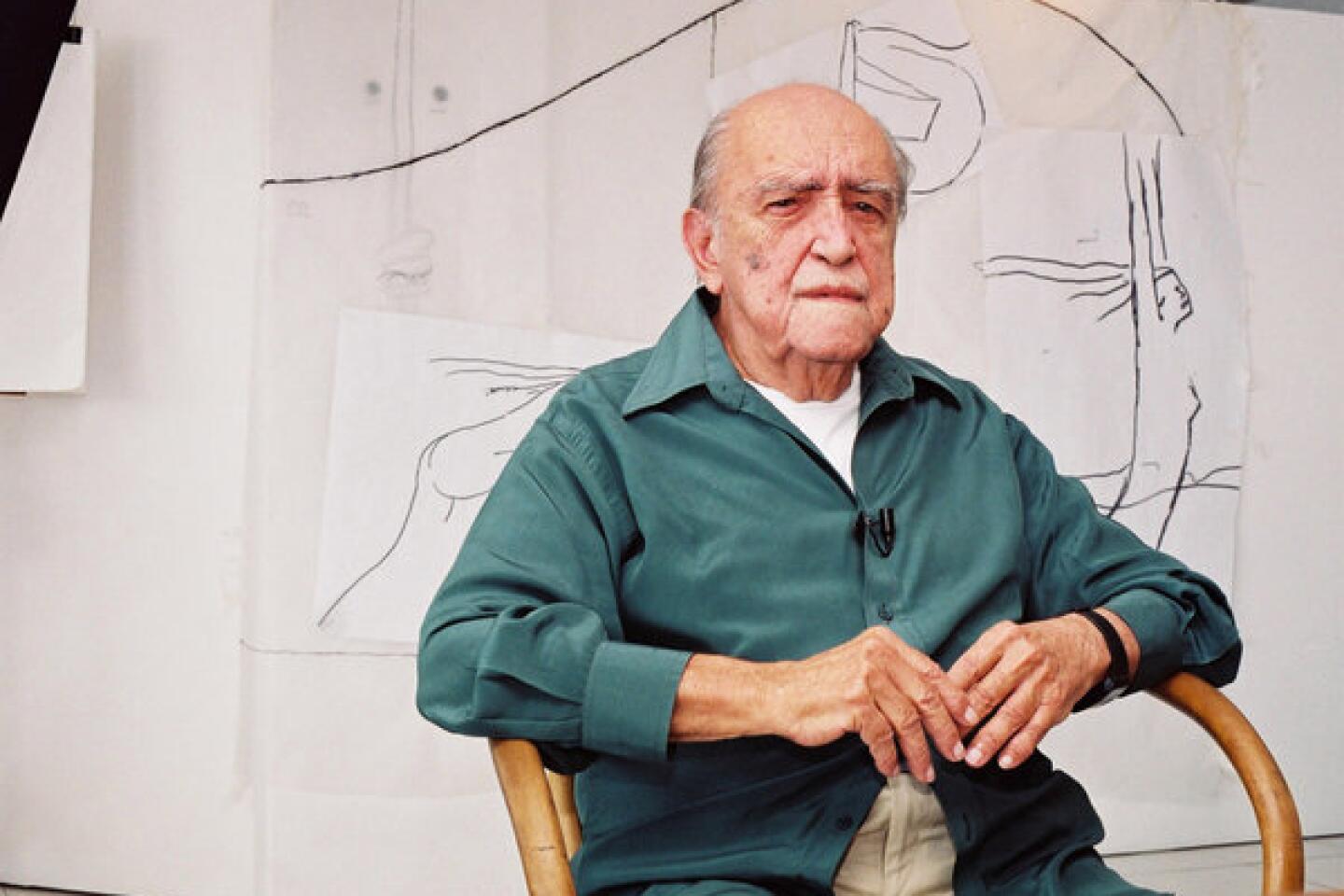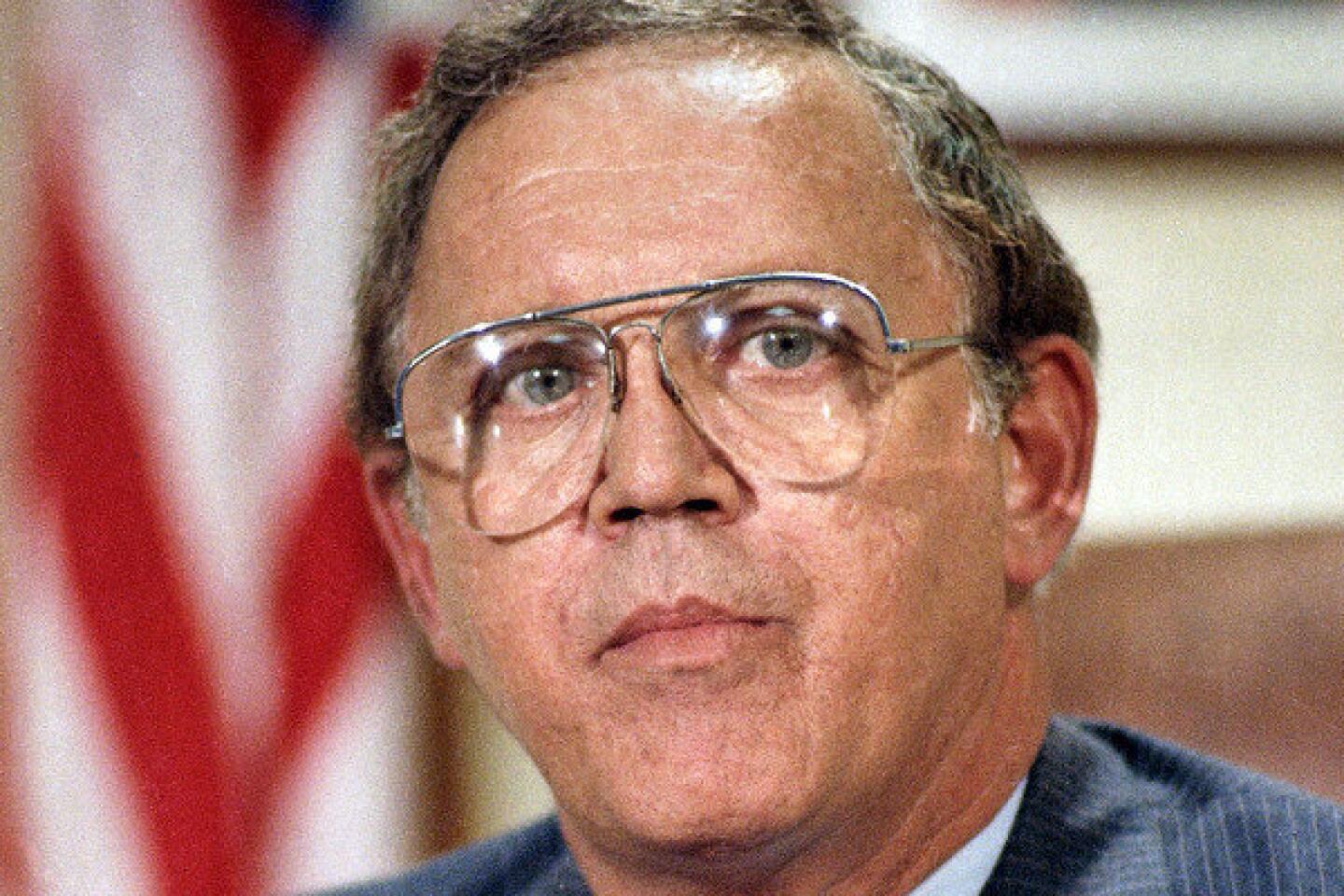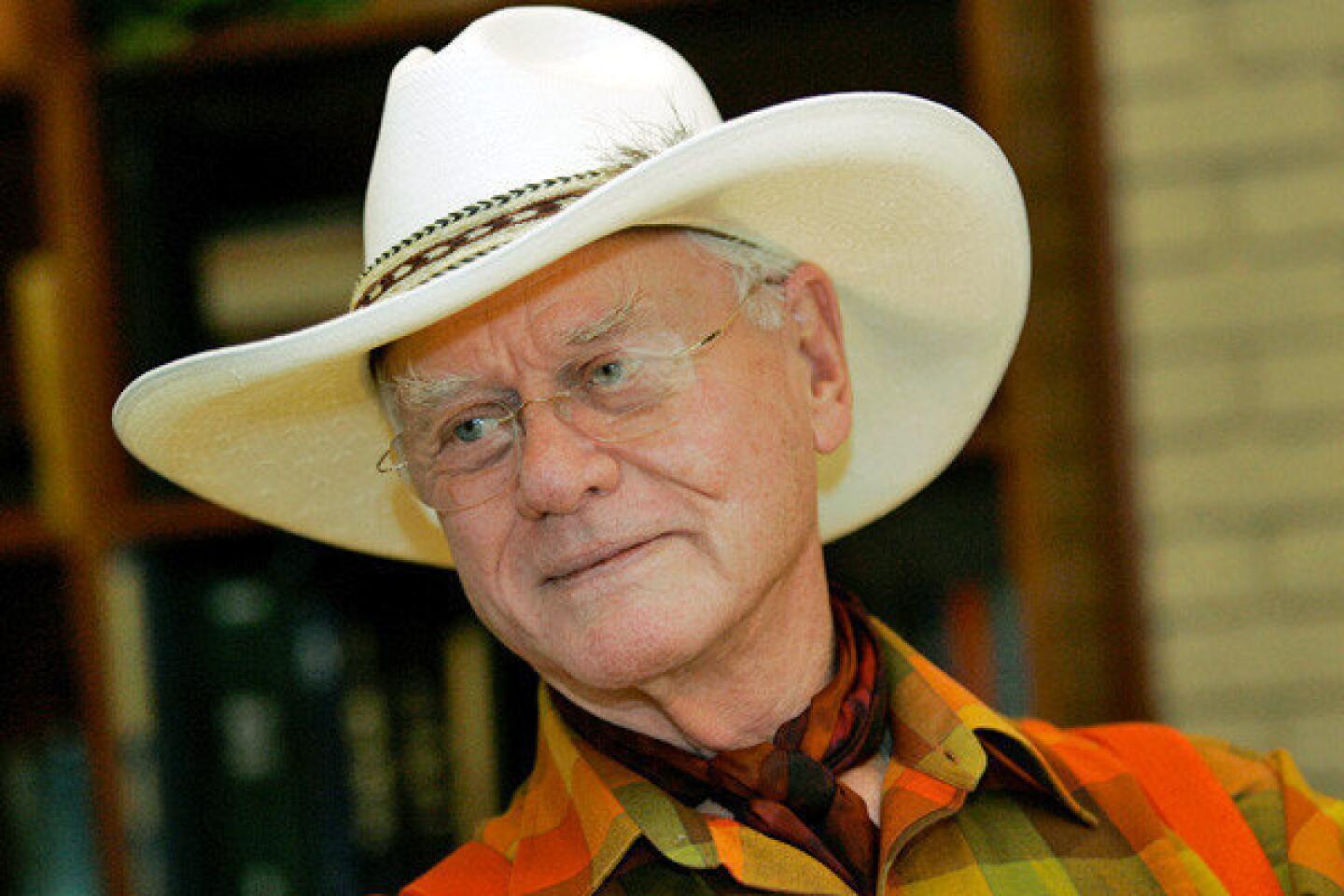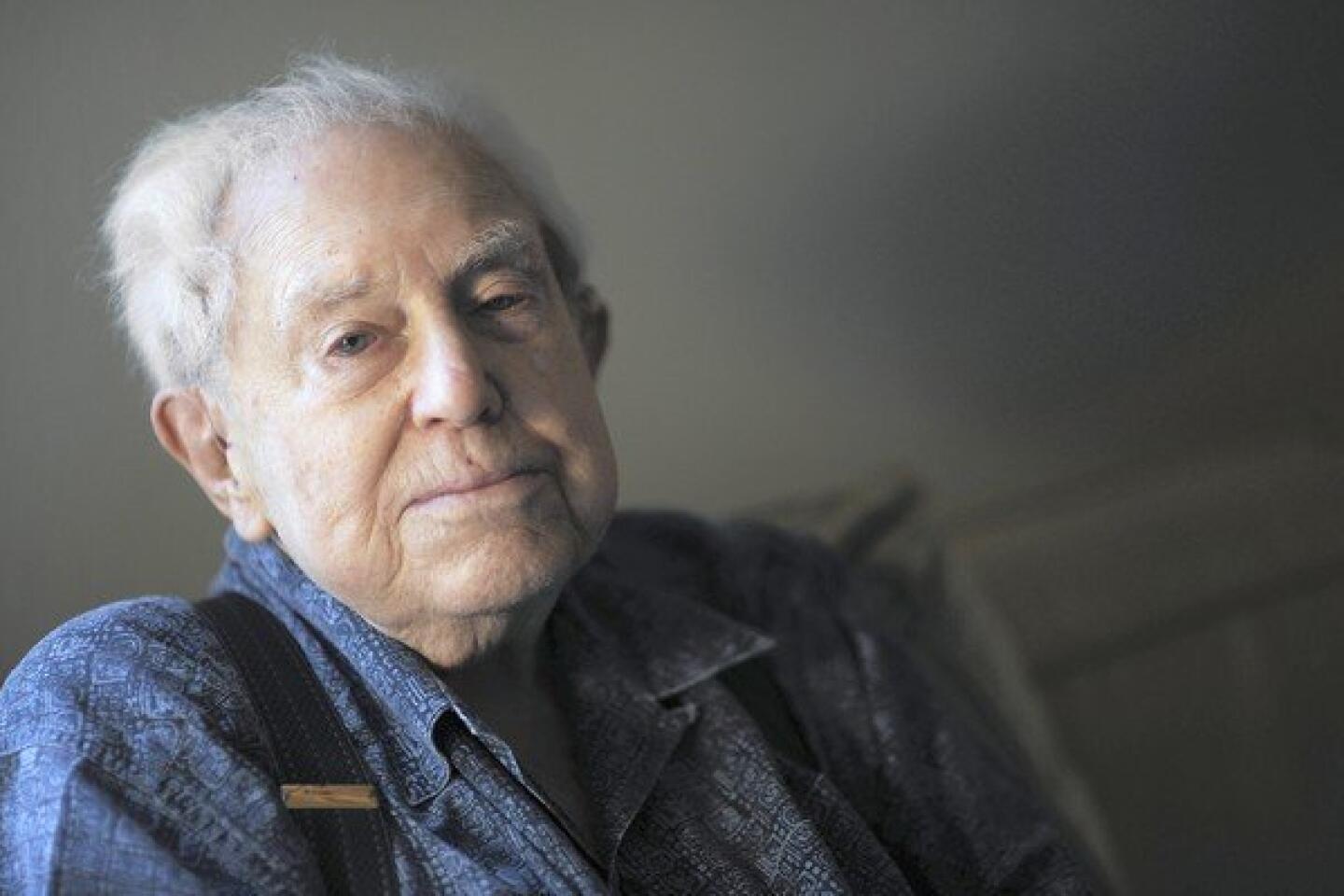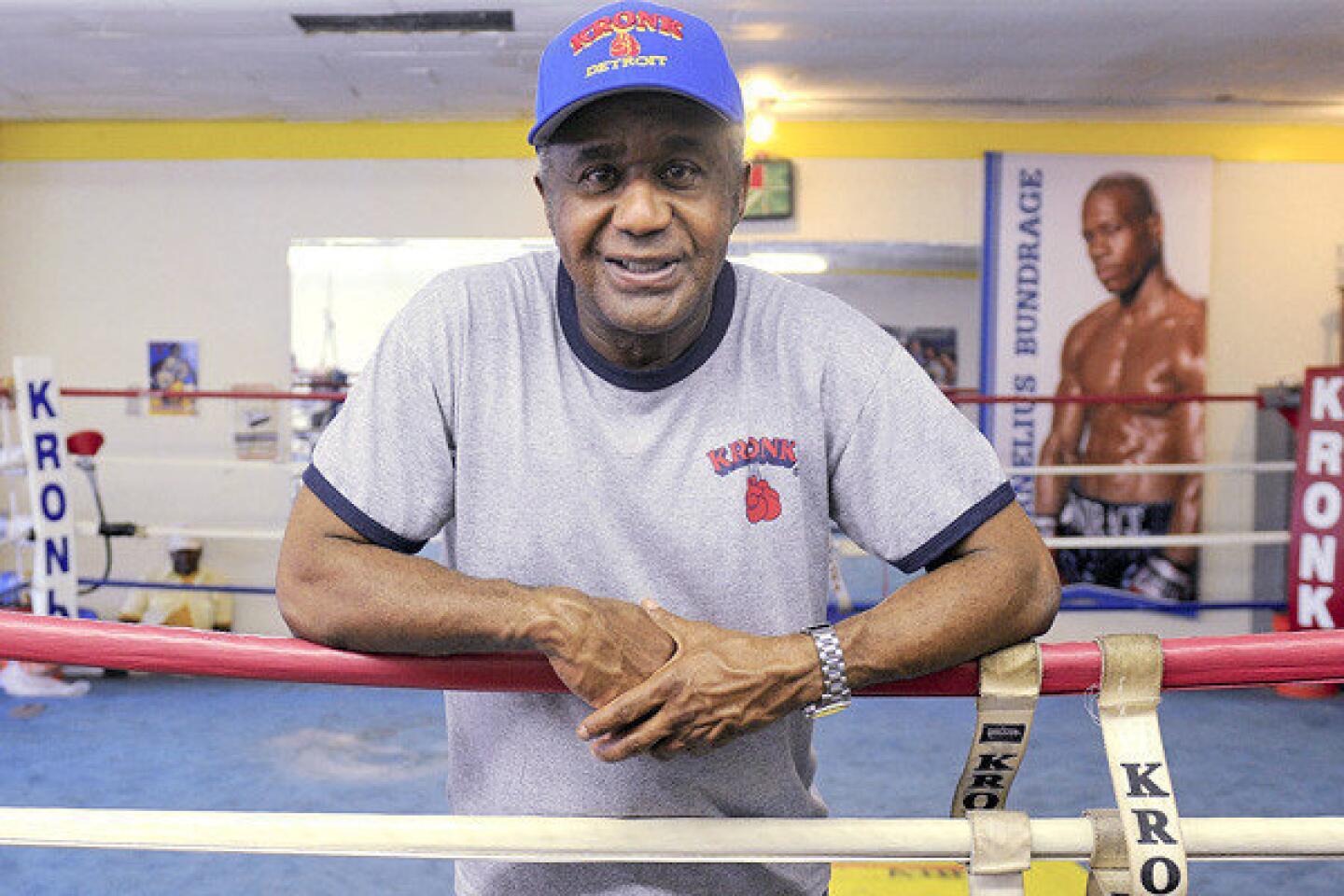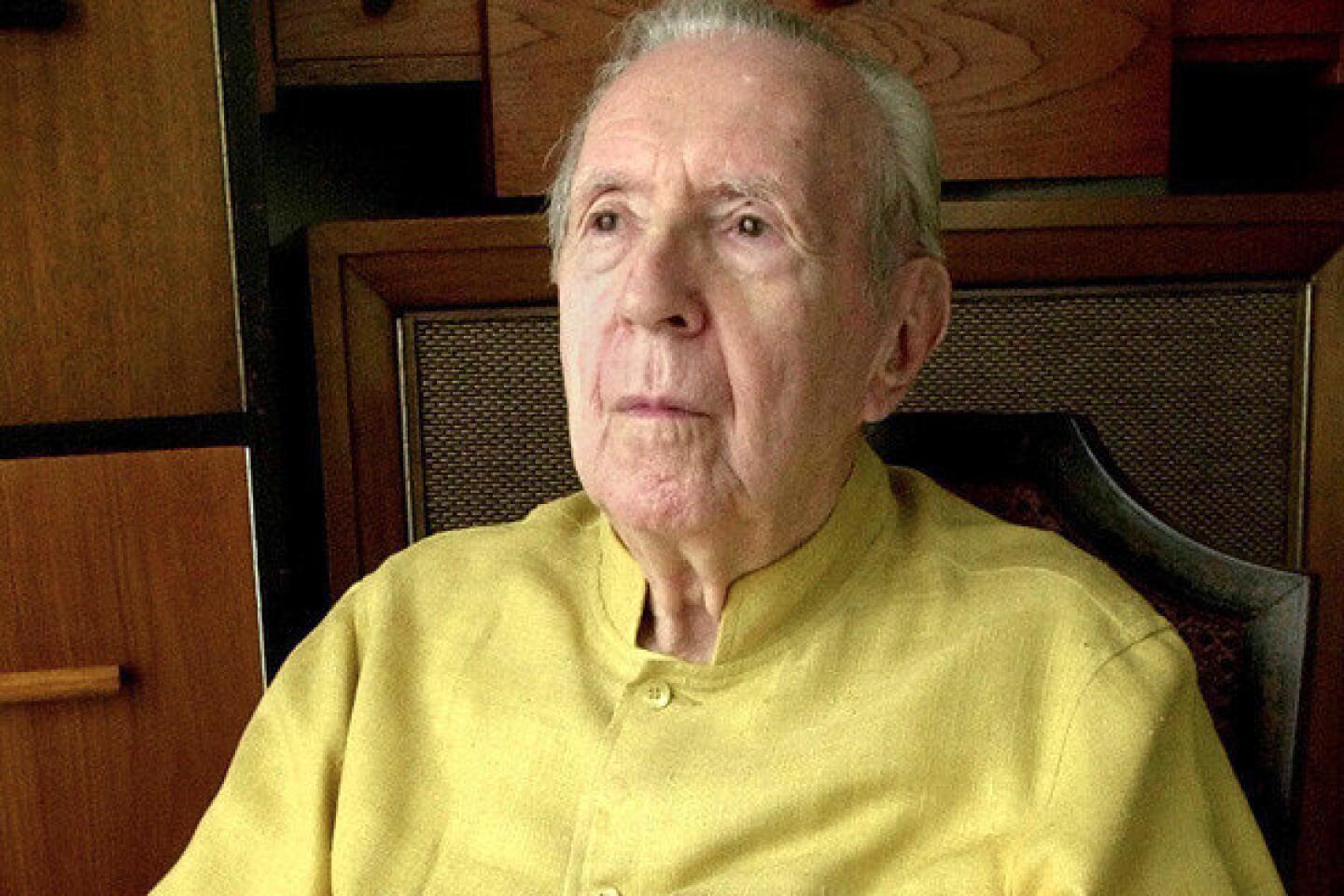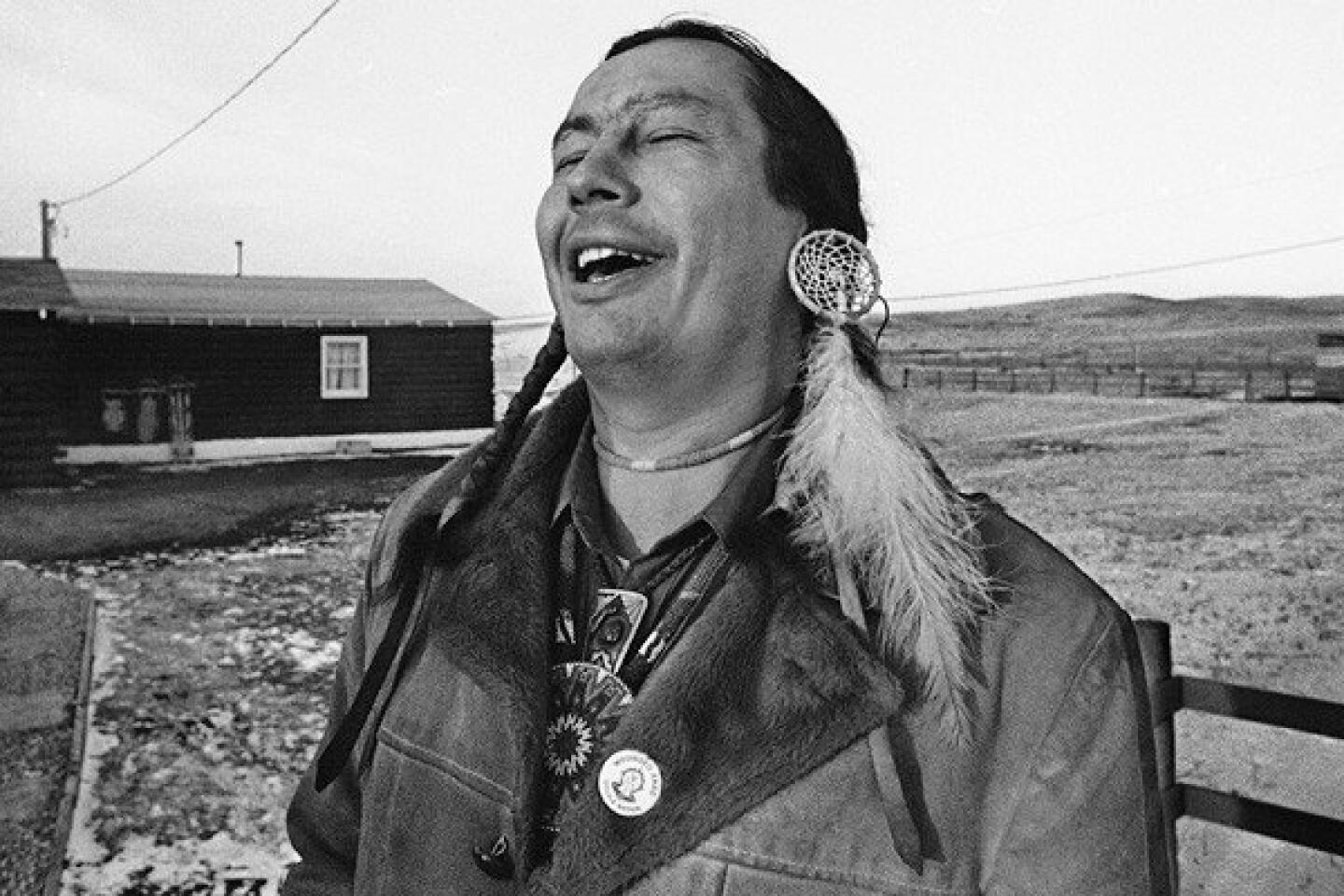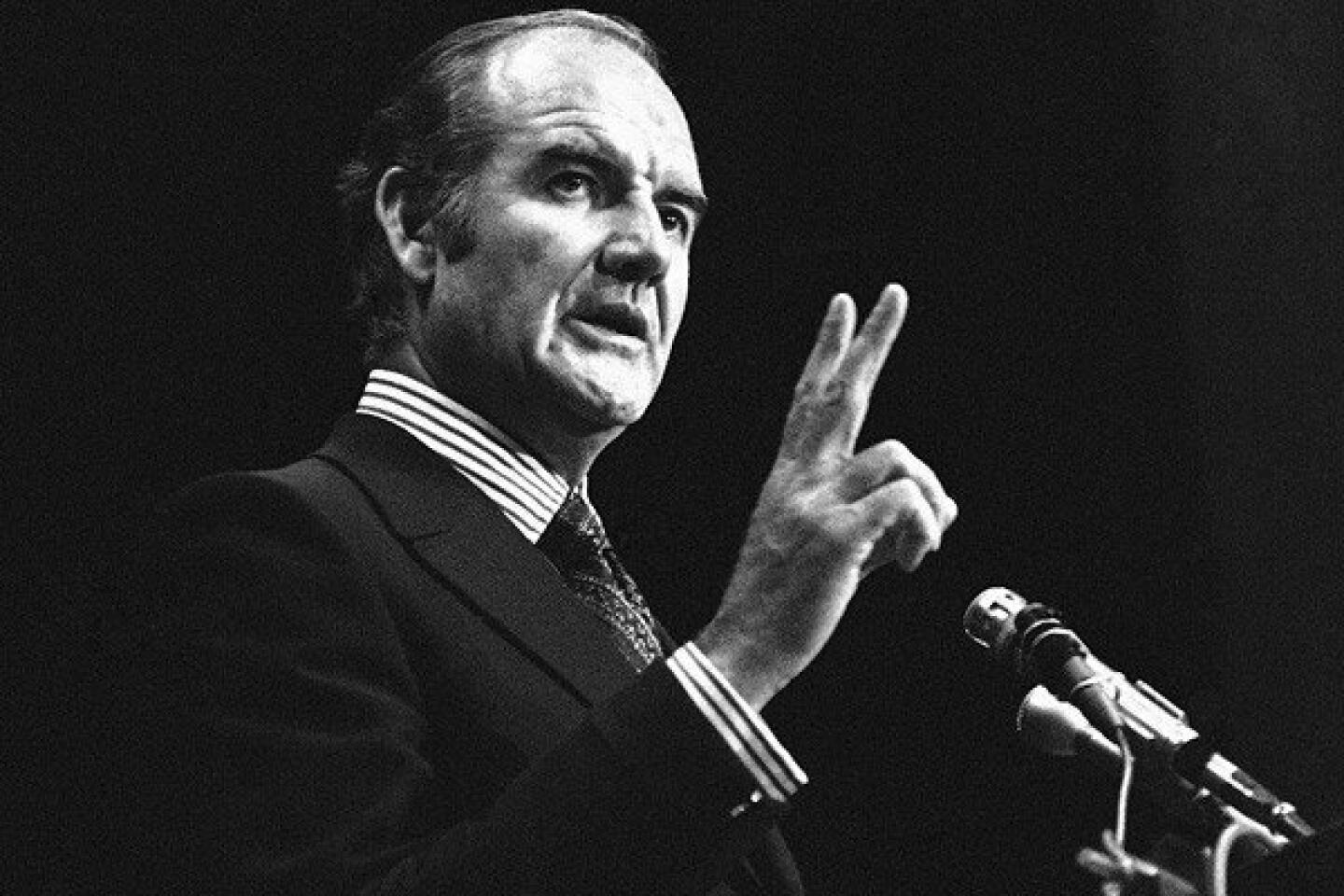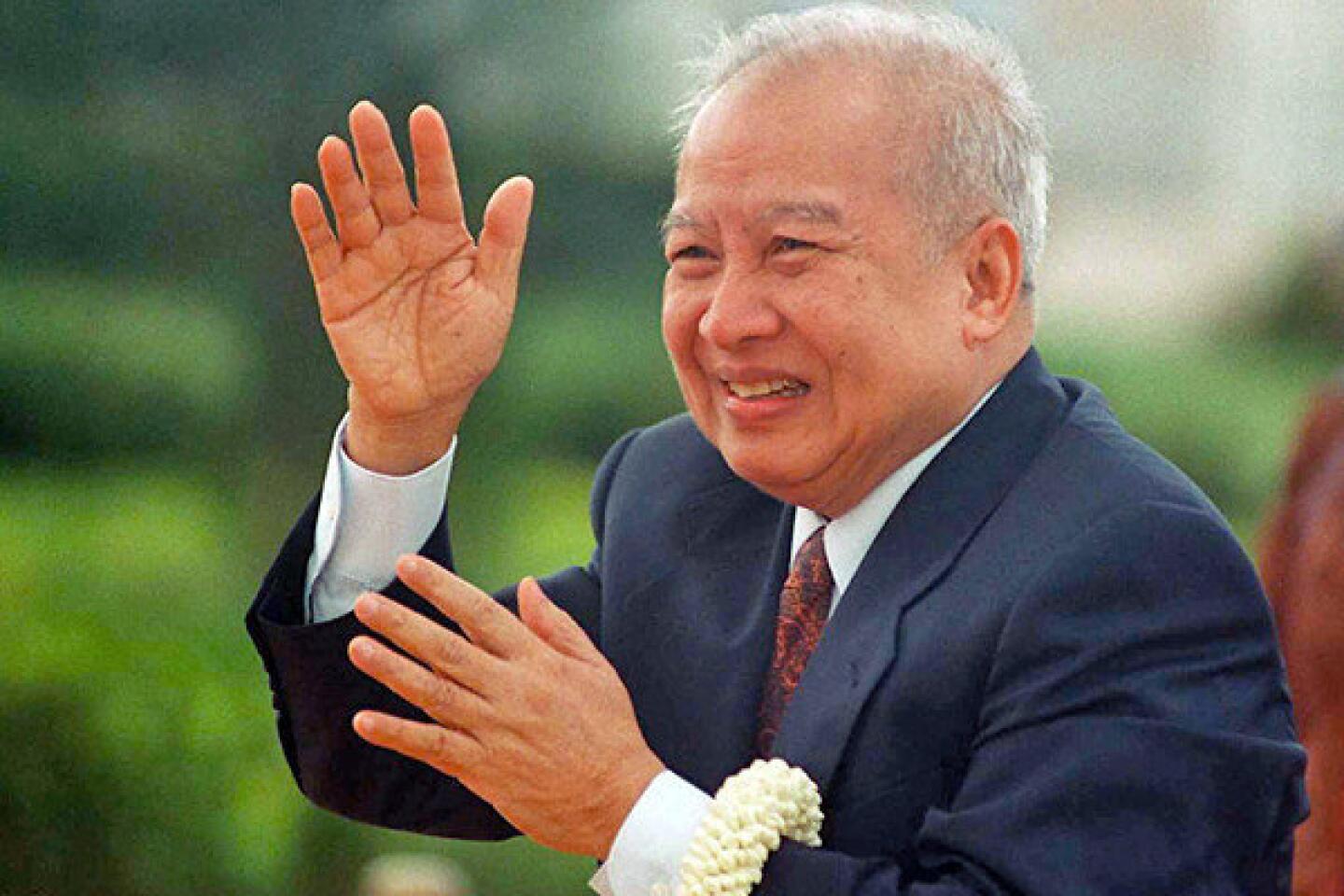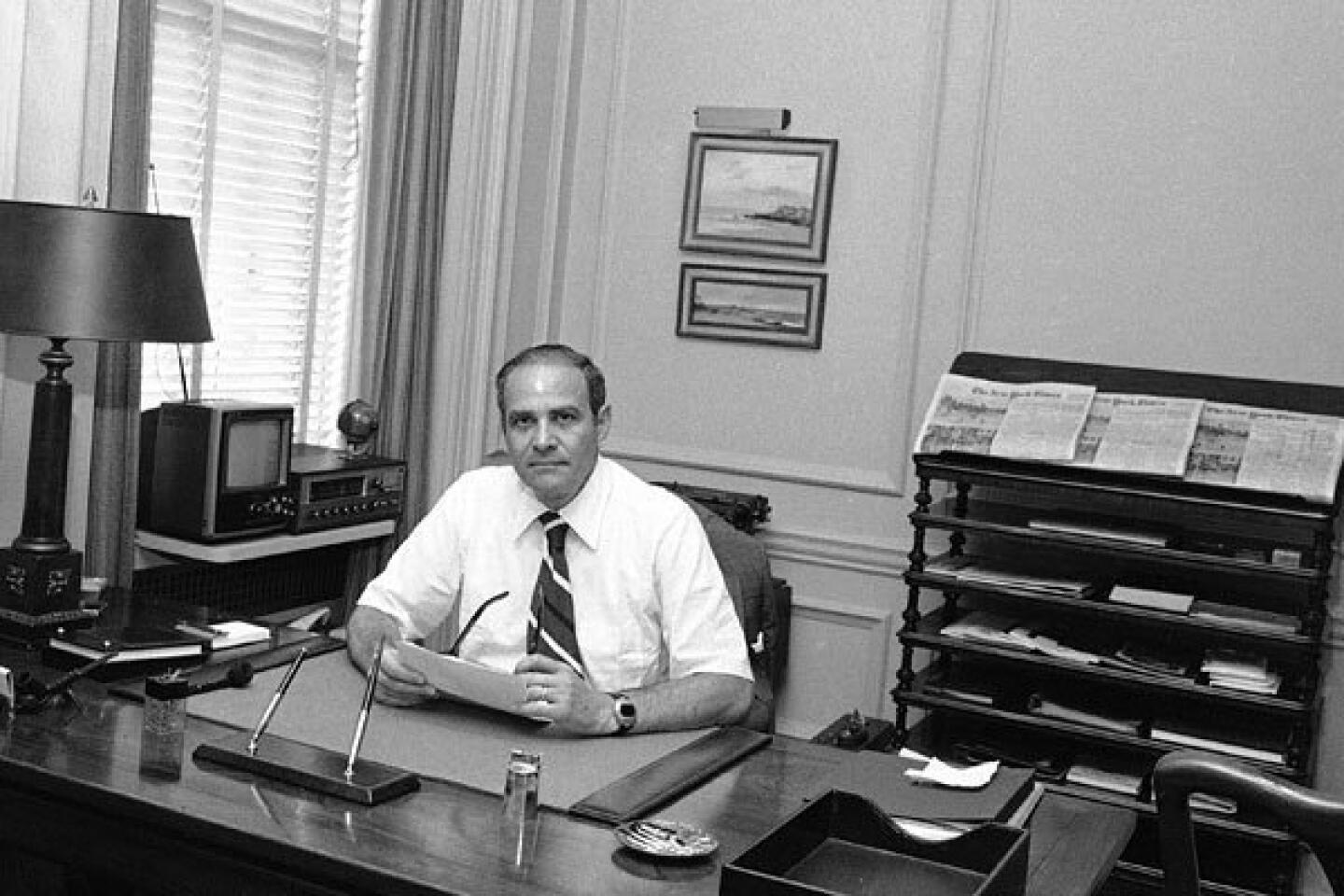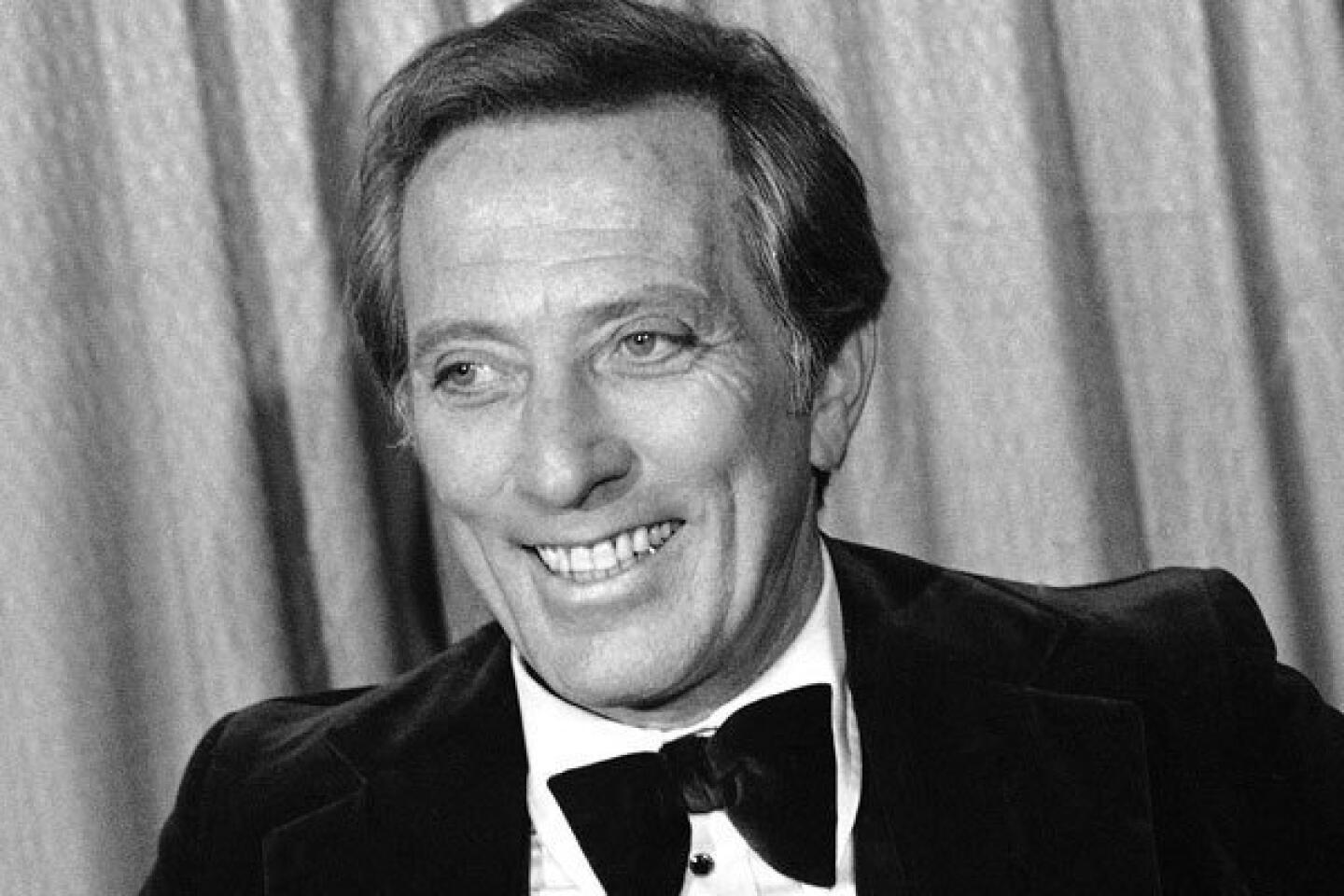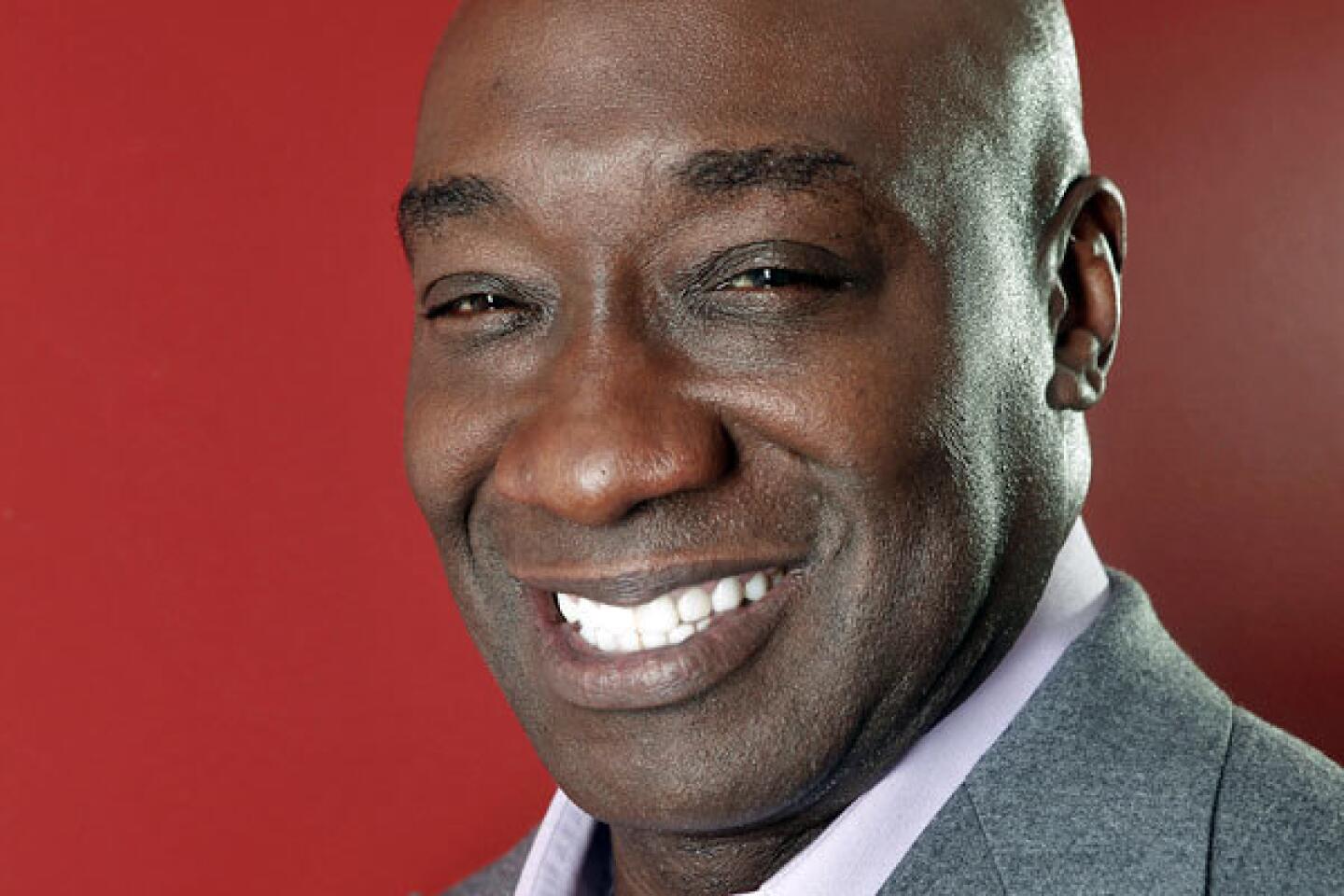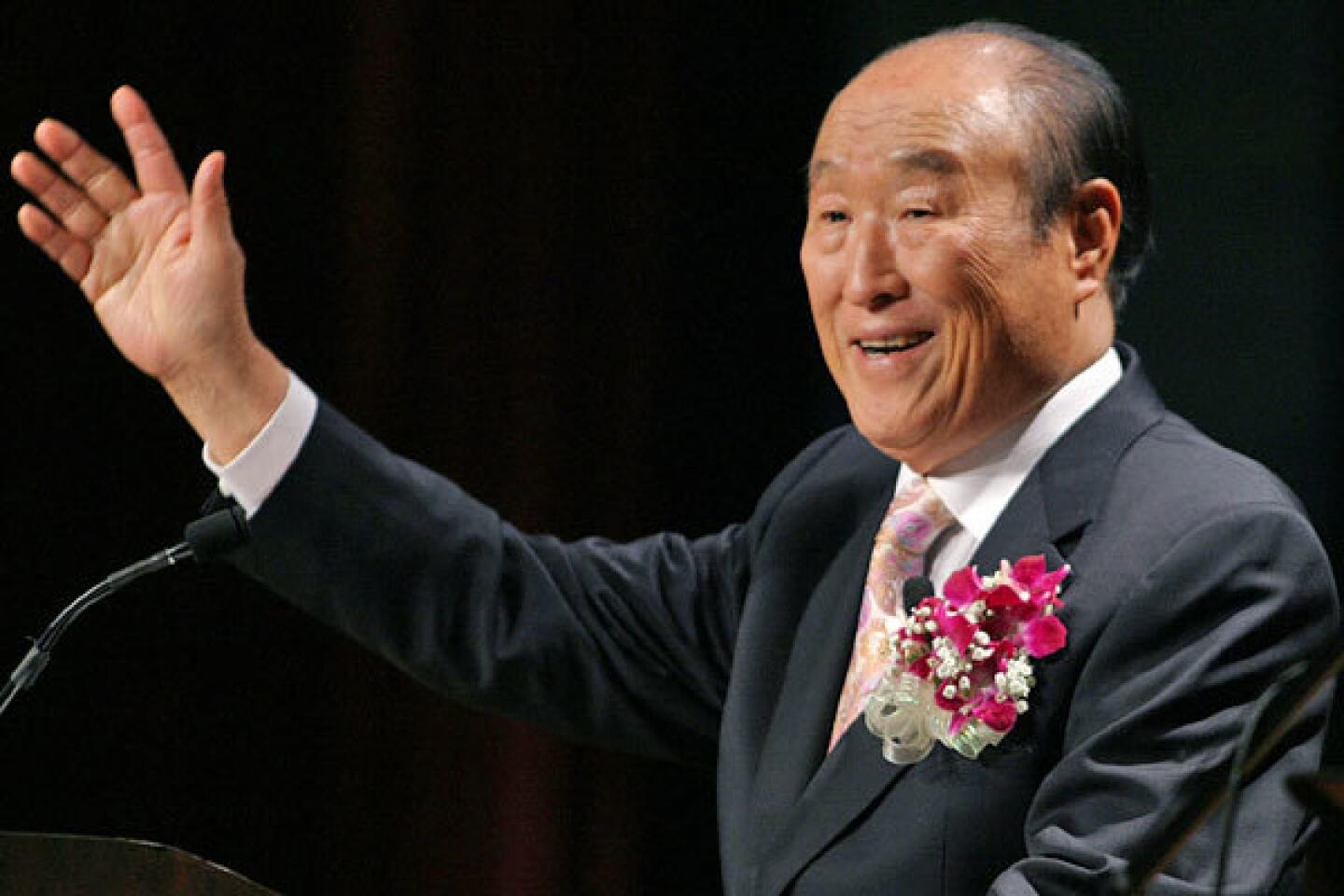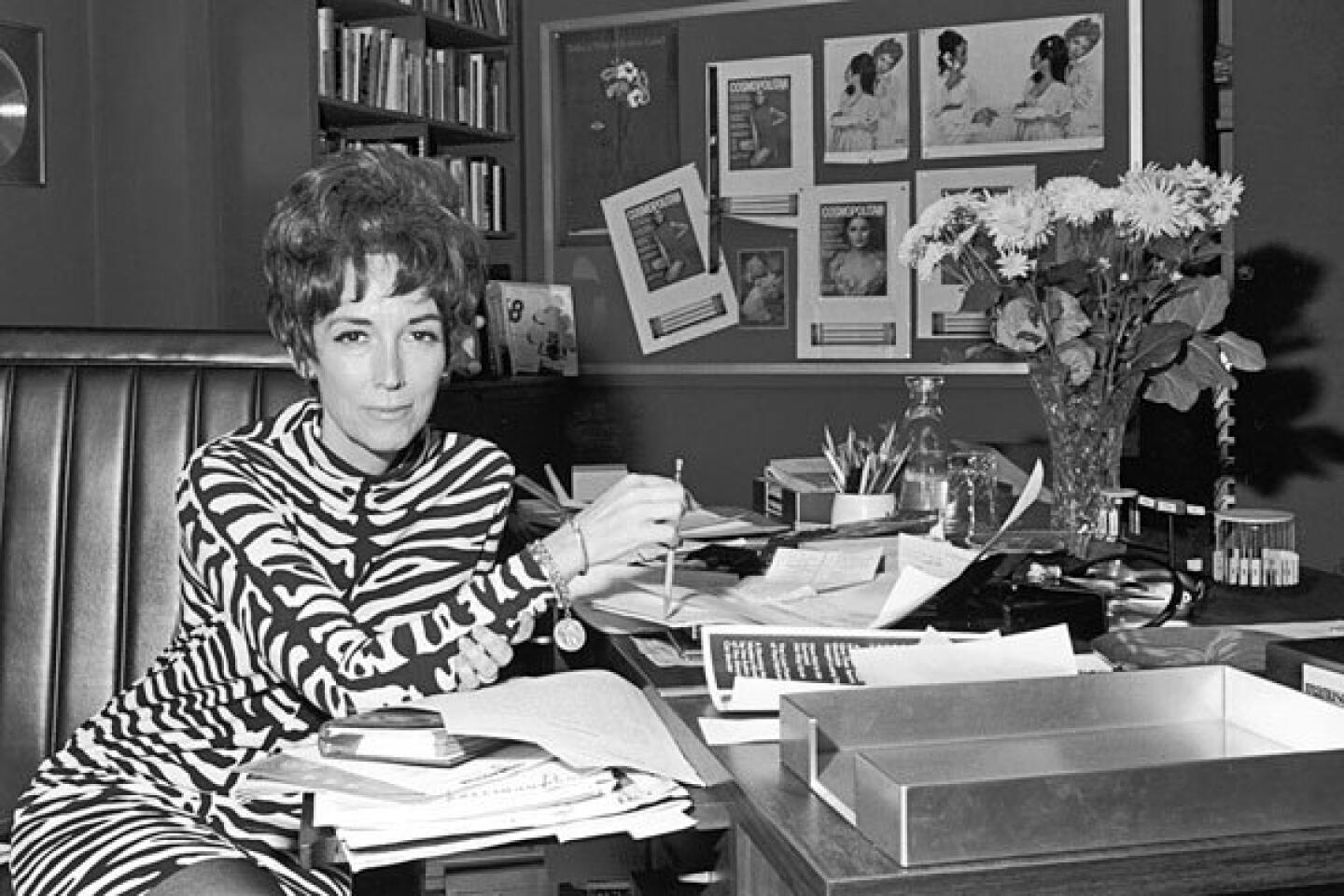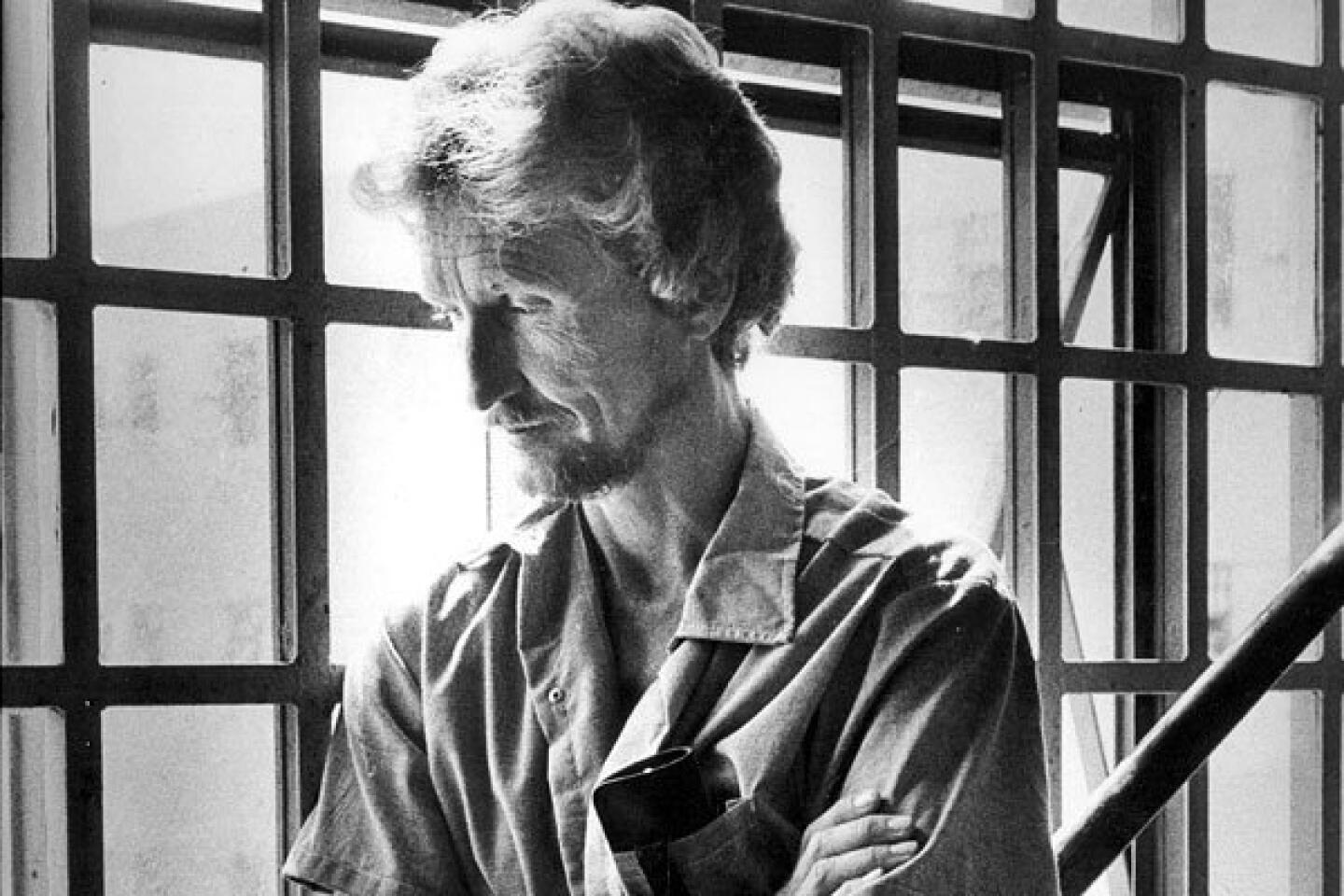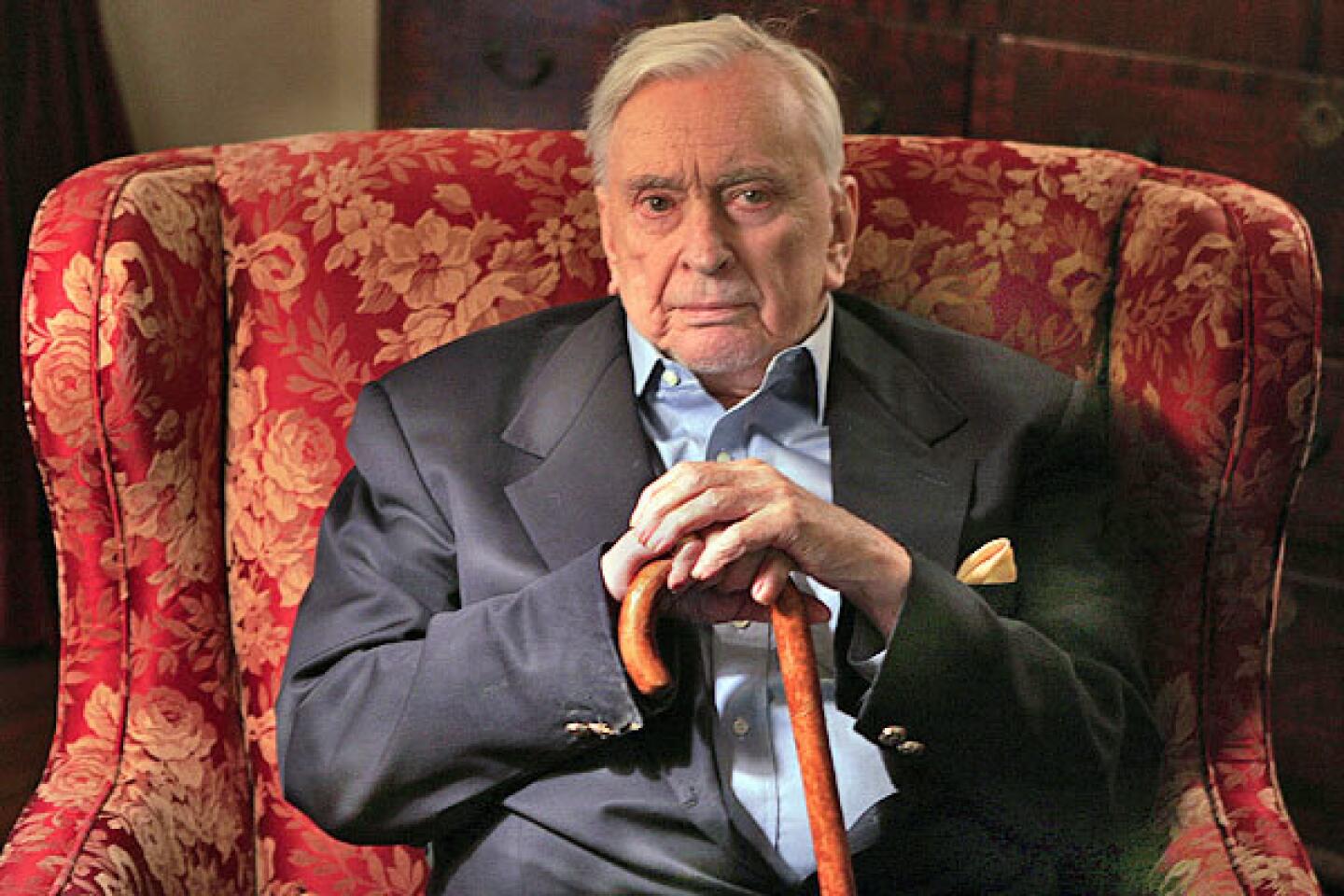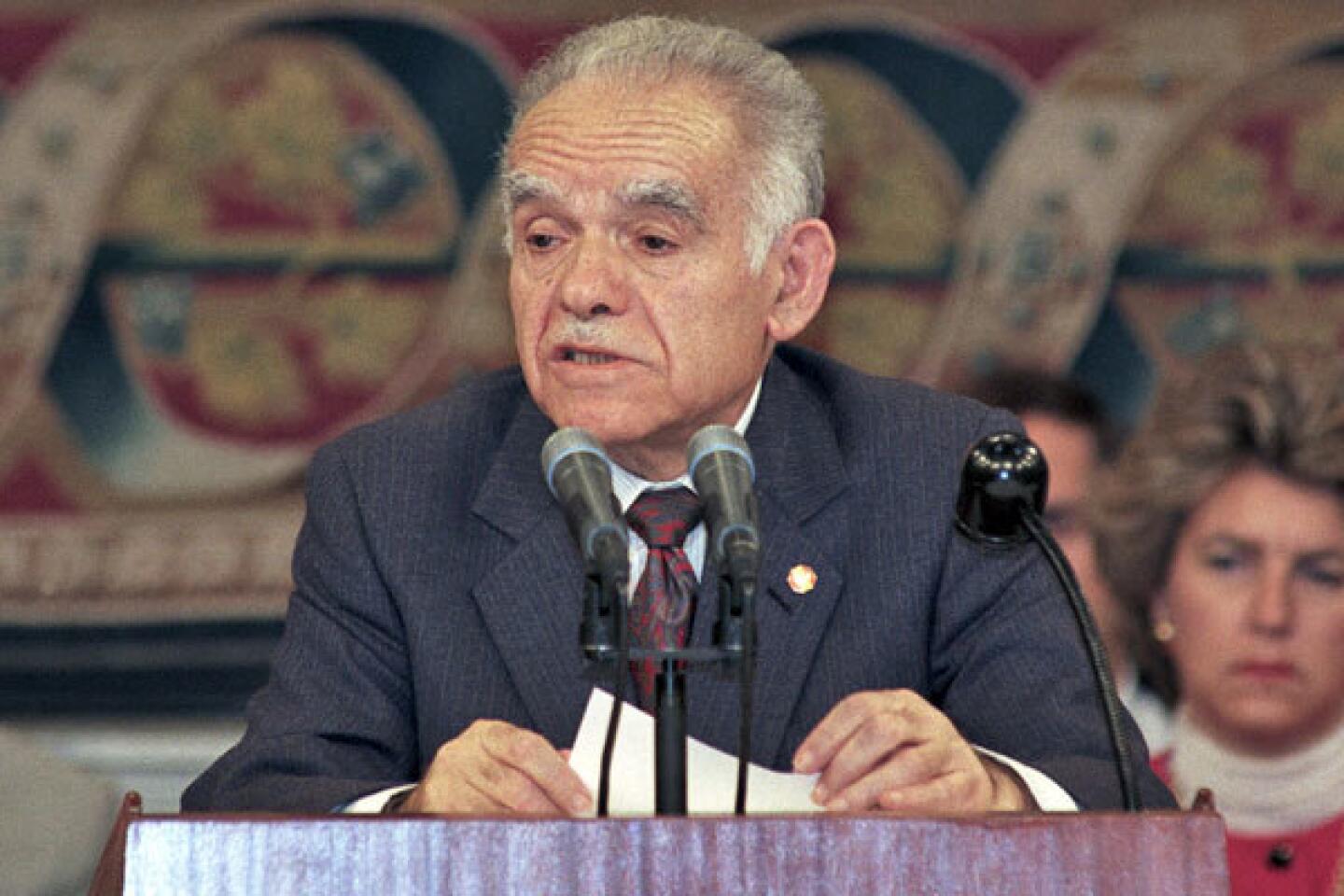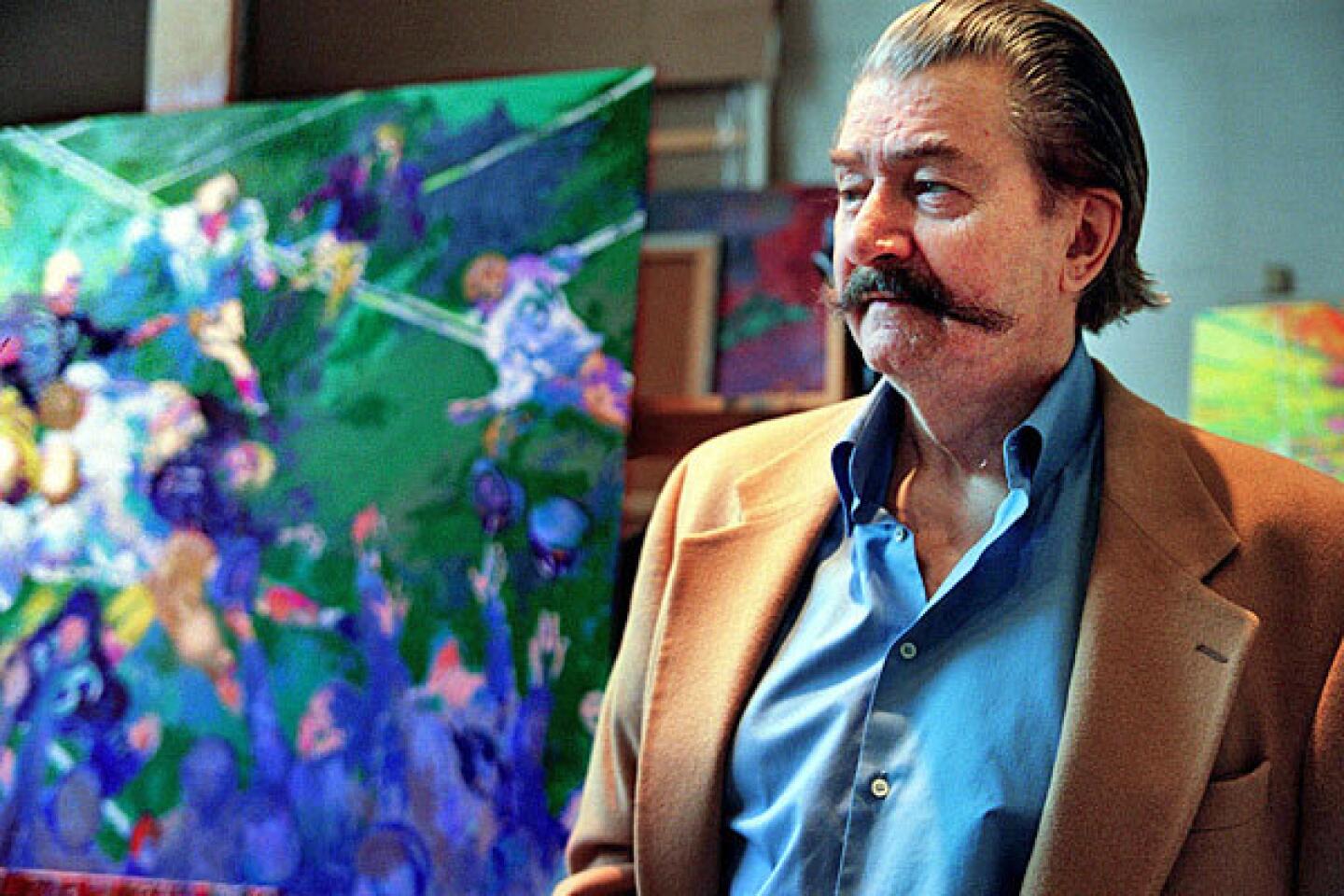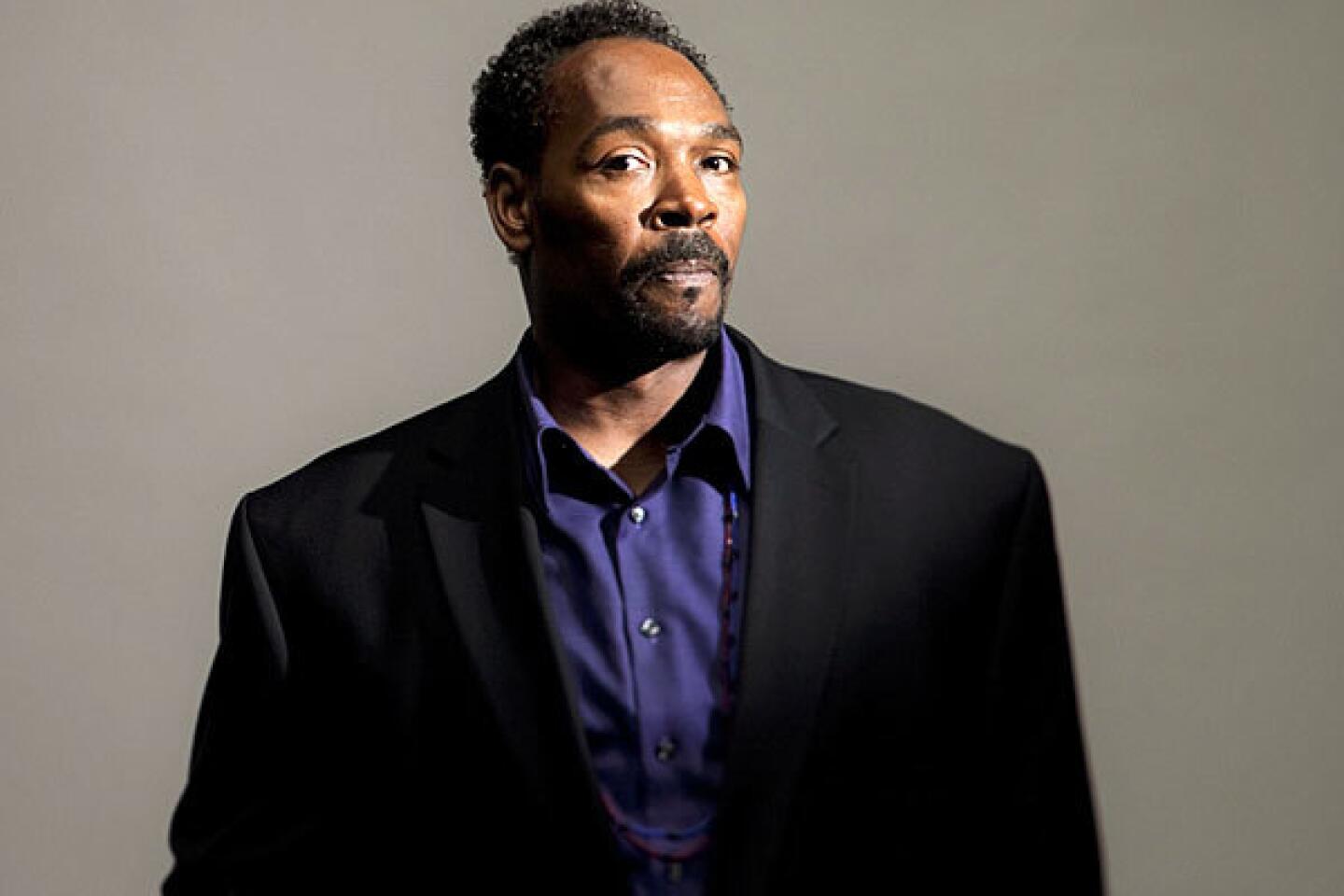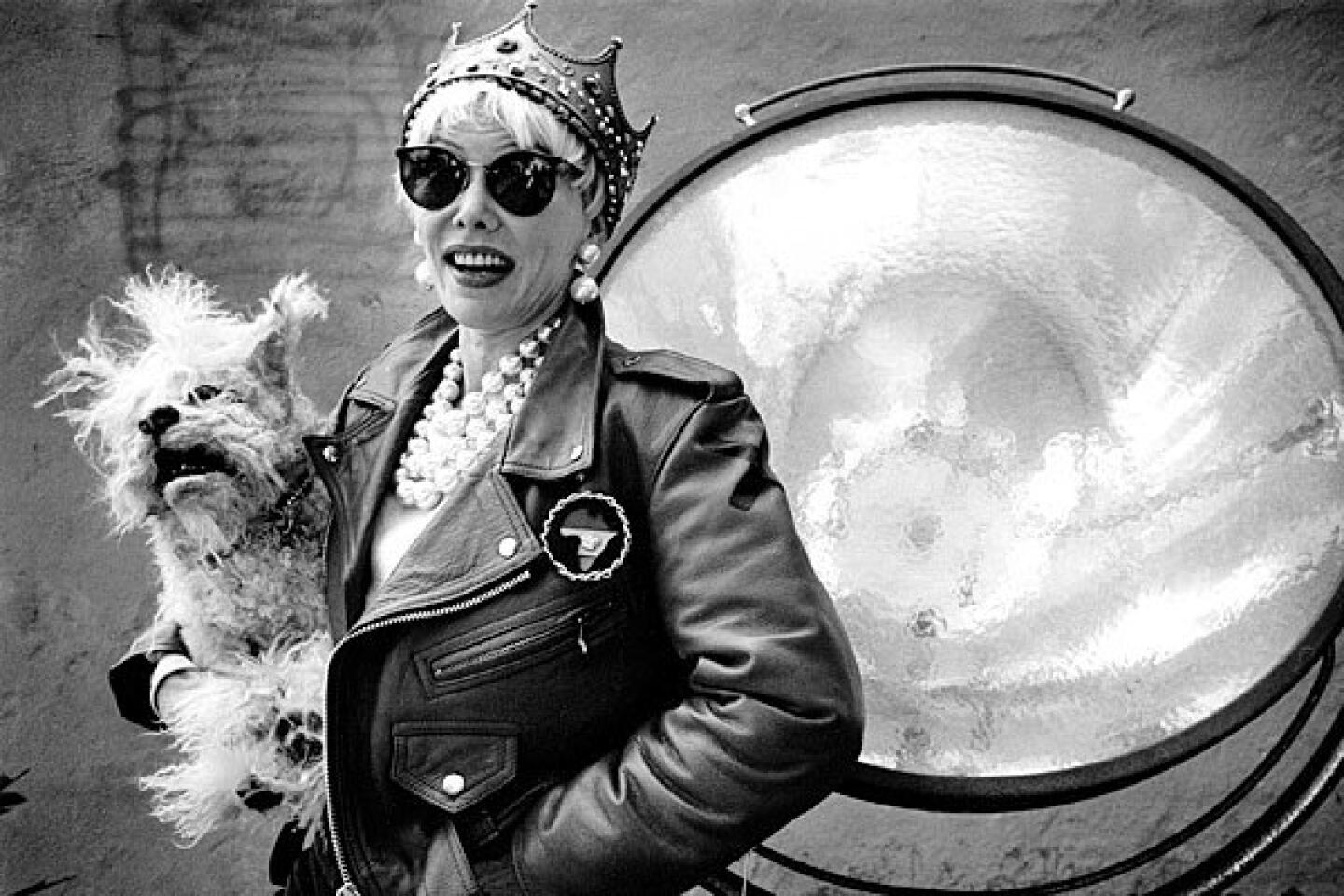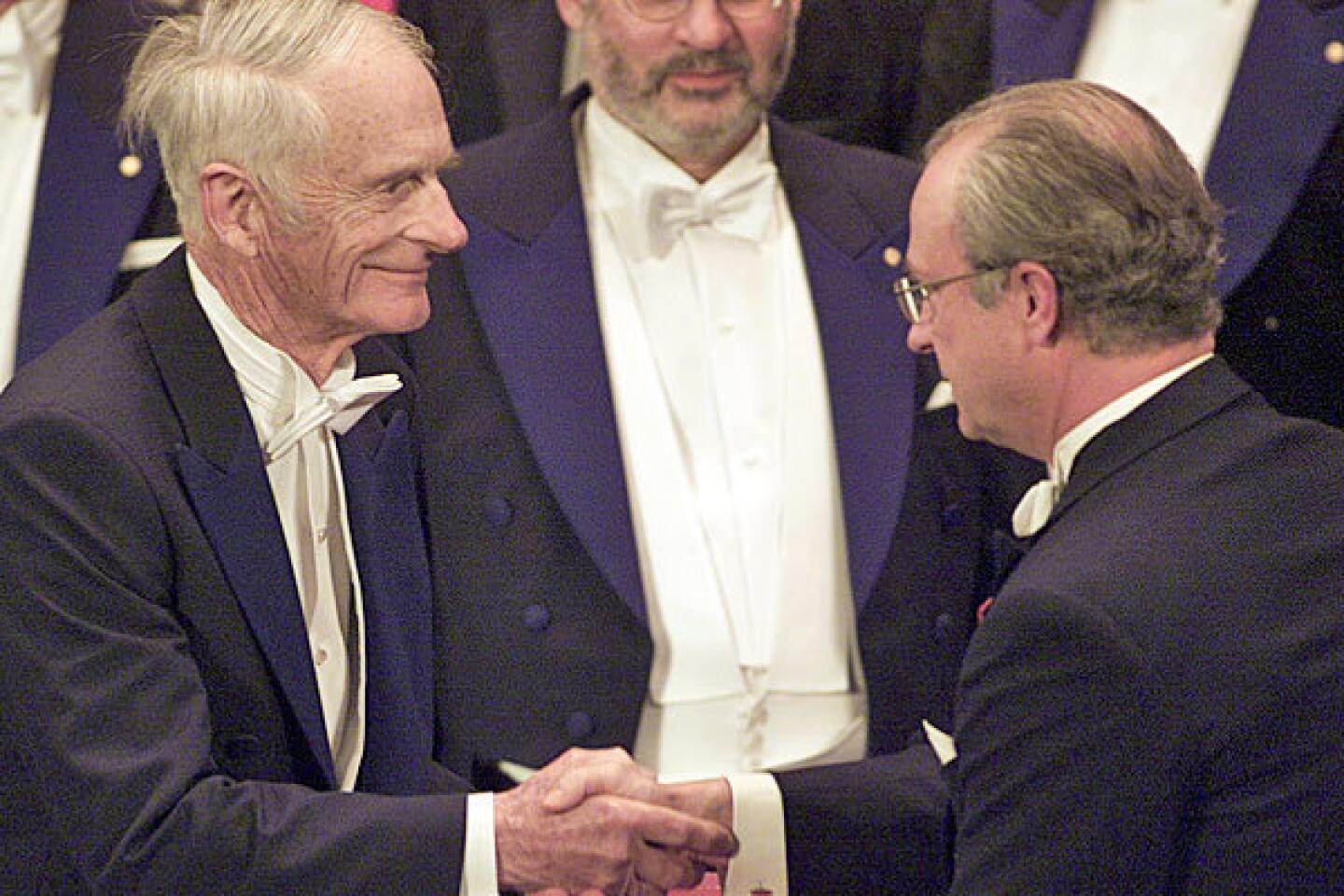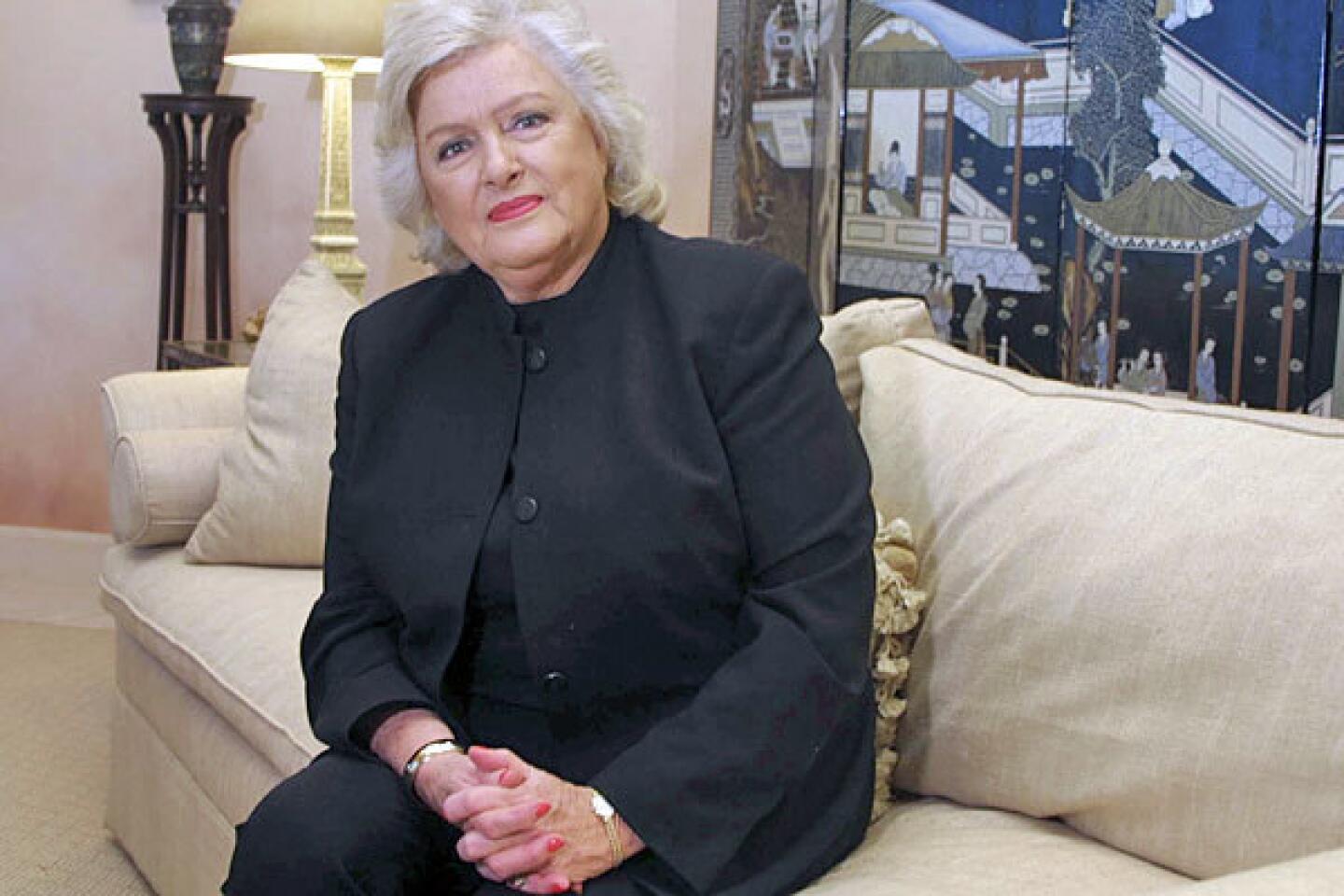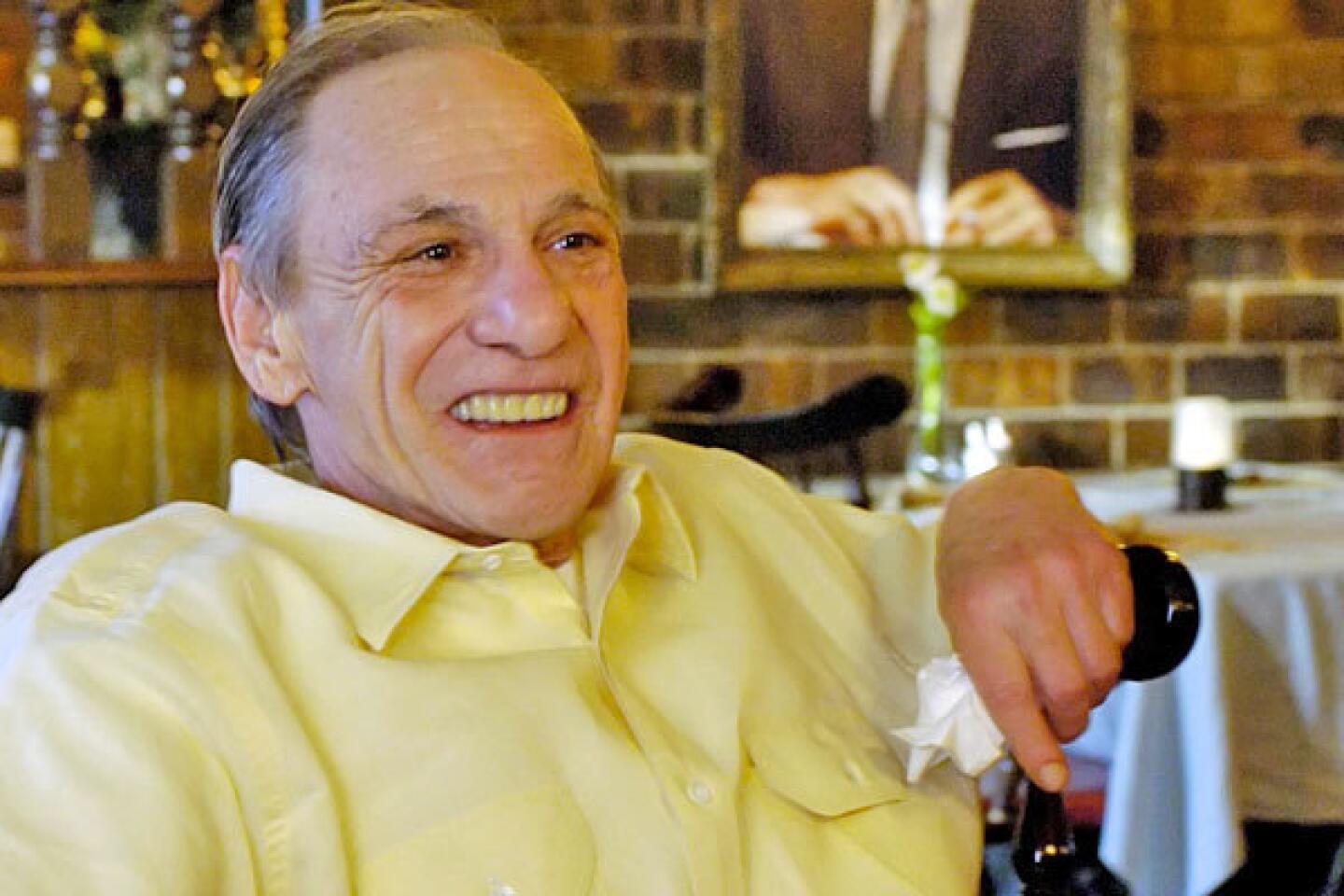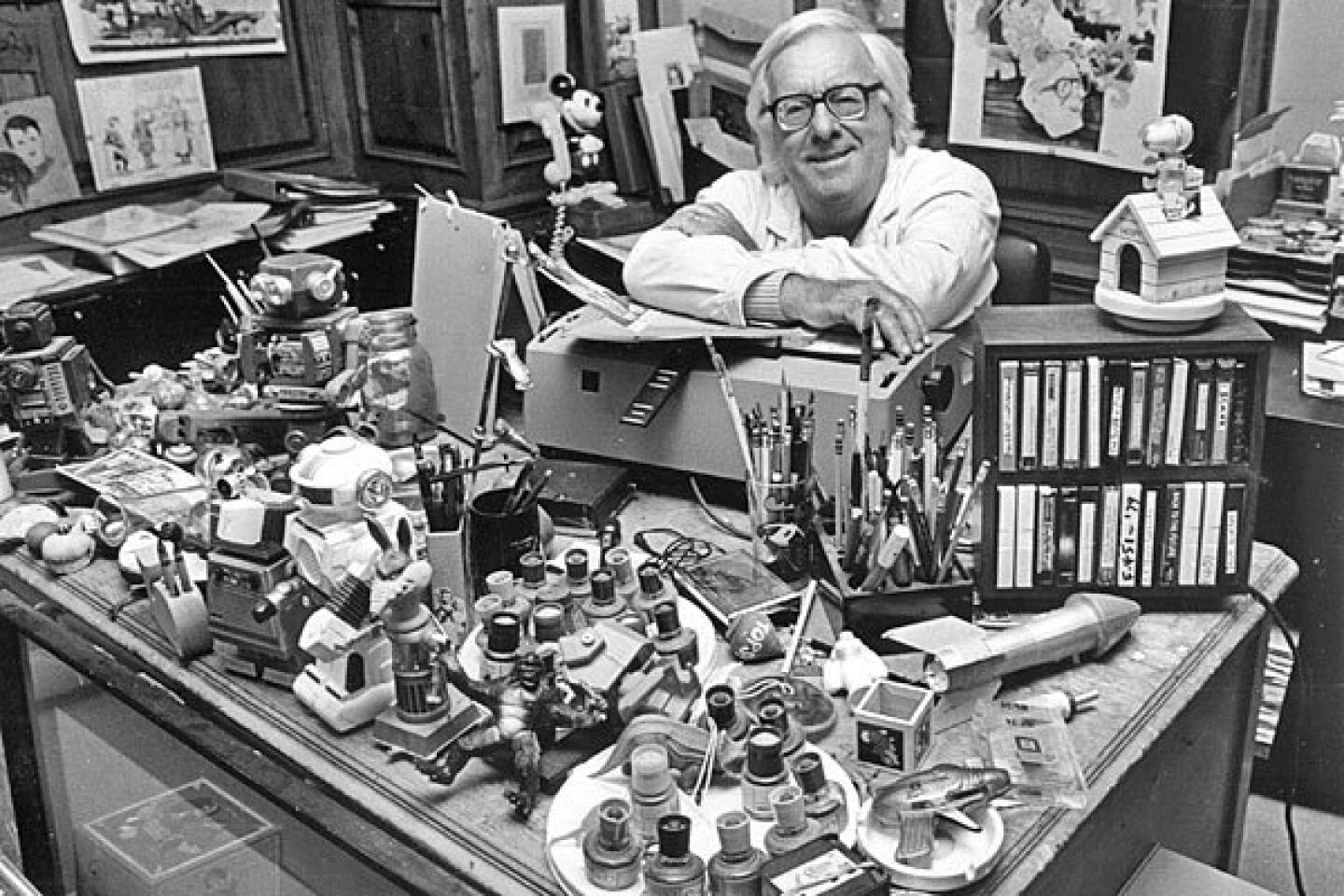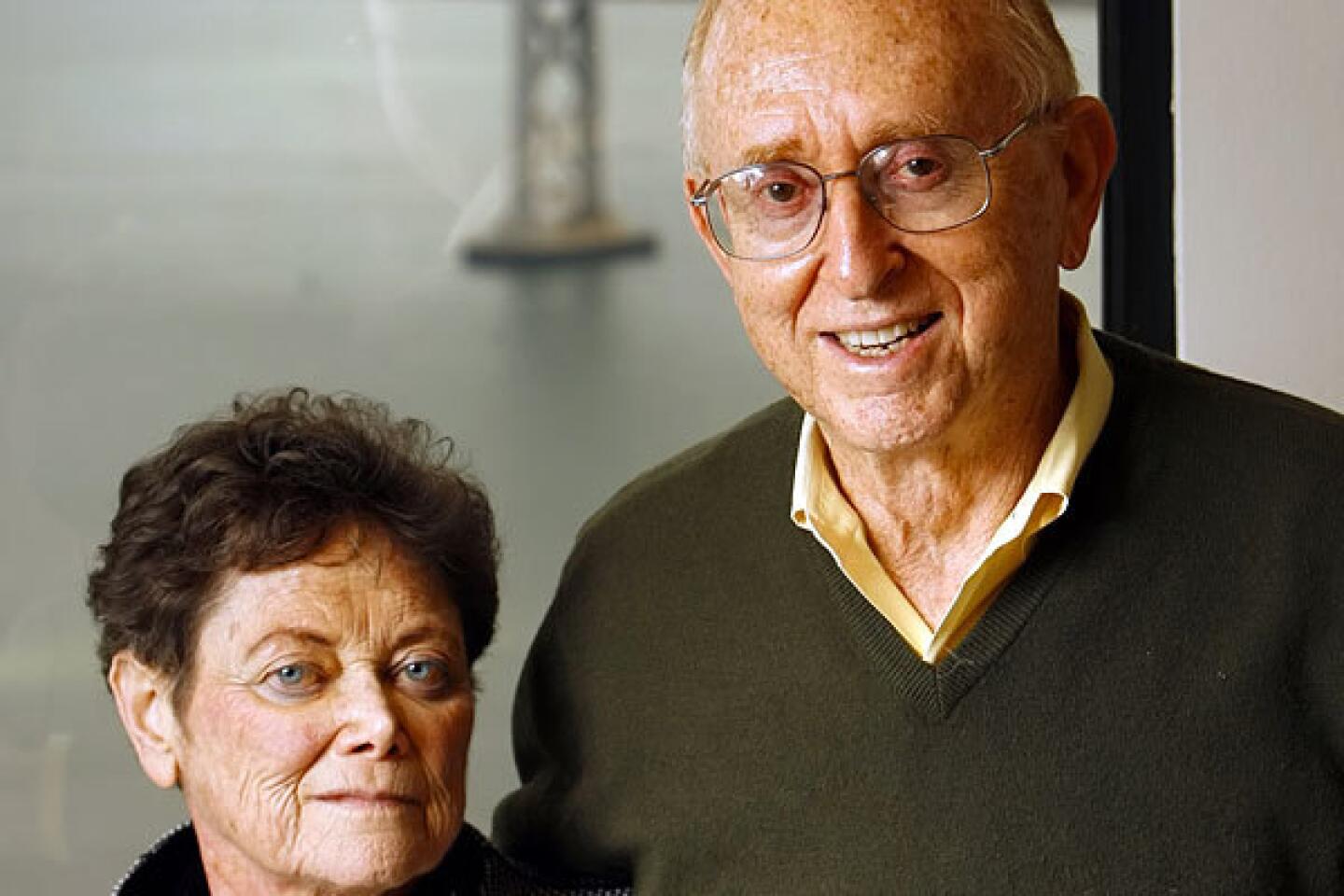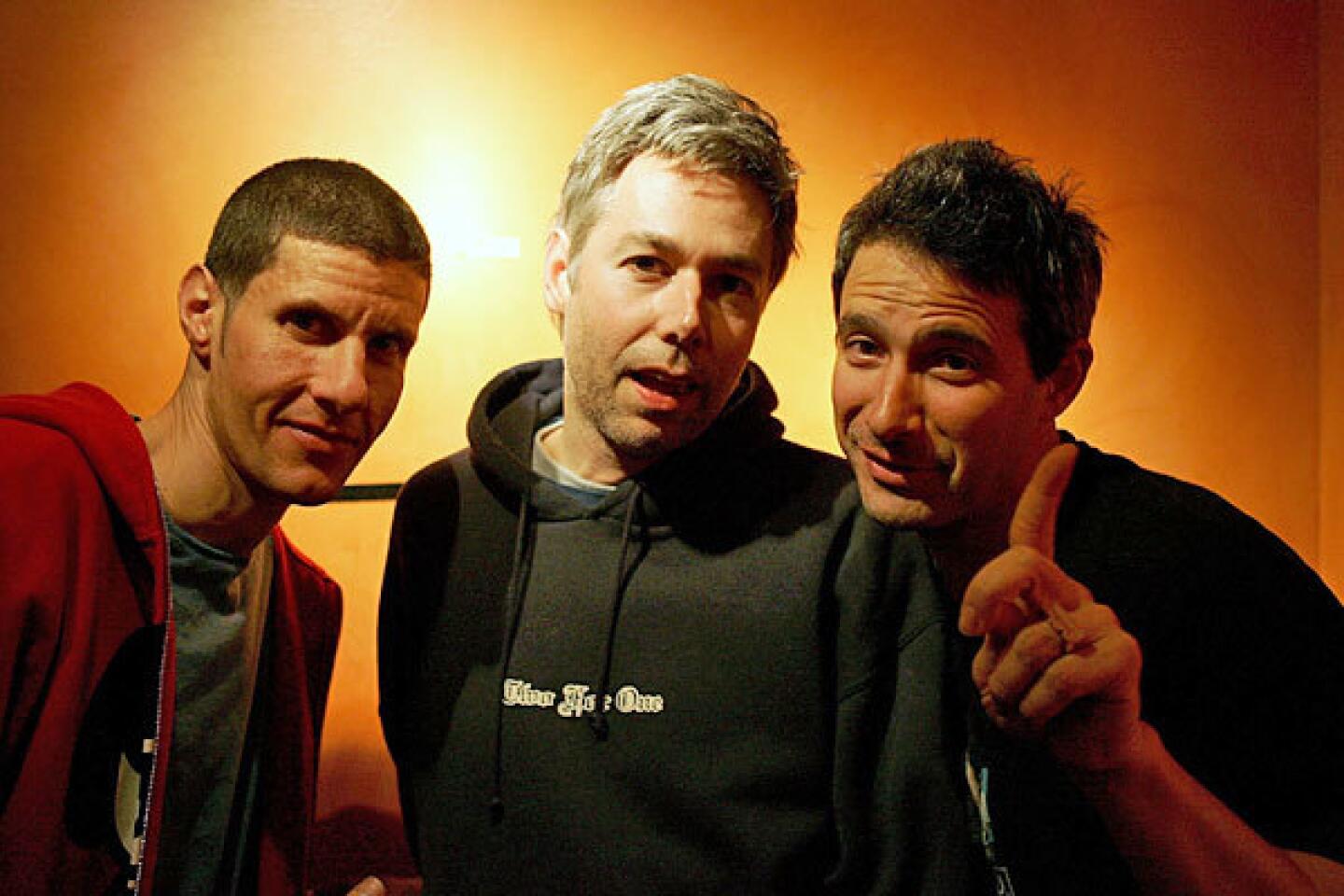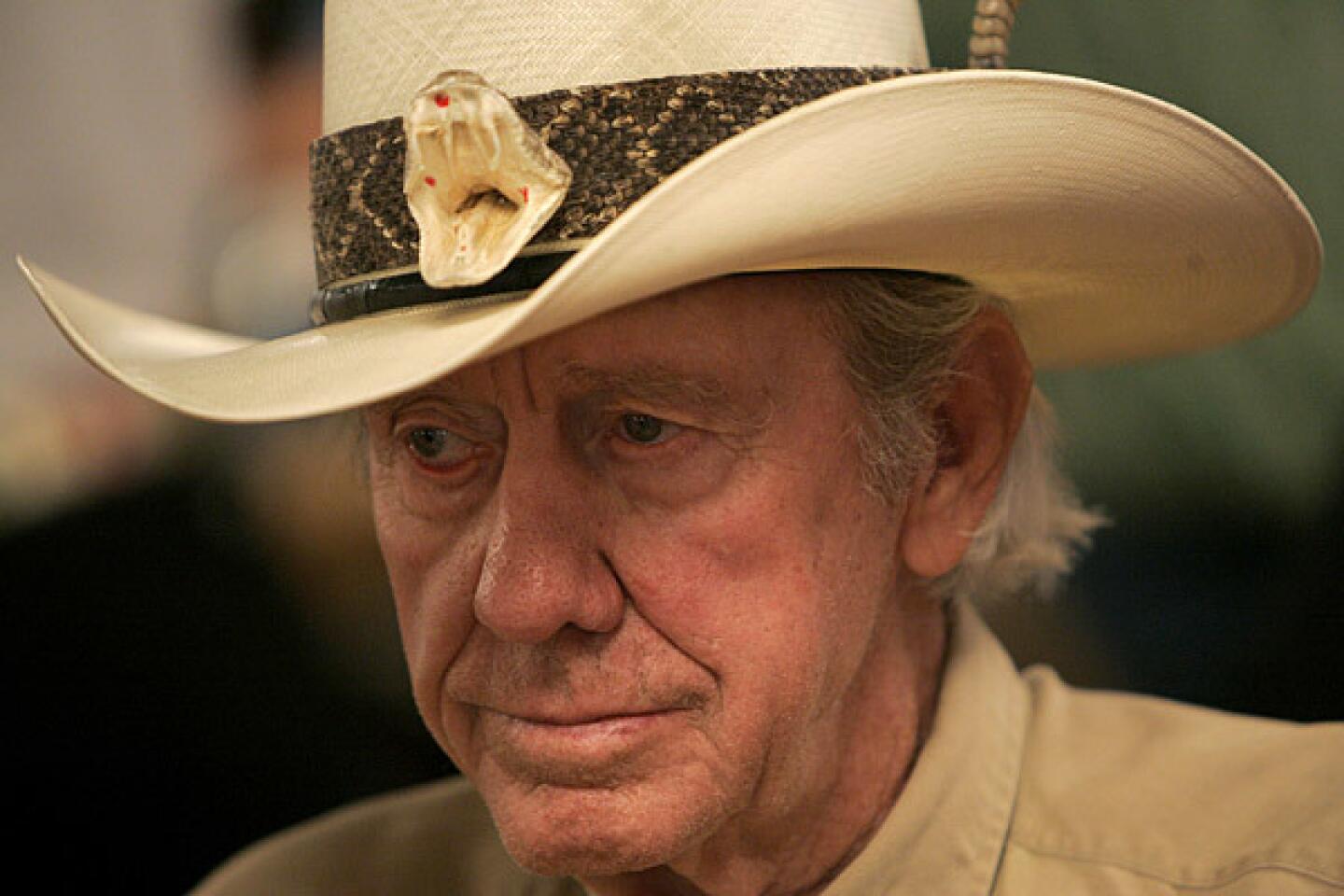Horst Faas dies at 79; Pulitzer Prize-winning combat photographer
- Share via
As chief of photo operations for the Associated Press in Saigon for a decade beginning in 1962, Horst Faas didn’t just cover the fighting — he also recruited and trained new talent from among foreign and Vietnamese freelancers.
The result was “Horst’s army” of young photographers, who fanned out with Faas-supplied cameras and film and stern orders to “come back with good pictures.”
He and his editors chose the best and put together a steady flow of telling photos — South Vietnam’s soldiers fighting and its civilians struggling to survive amid the maelstrom.
Faas, a Pulitzer Prize-winning combat photographer who carved out new standards for covering war with a camera and became one of the world’s best-known photojournalists in nearly half a century with the AP, died Thursday in Munich, his family said. He was 79.
A native of Germany who joined the U.S.-based news cooperative there in 1956, Faas photographed wars, revolutions, the Olympic Games and events in between.
But he was best known for covering Vietnam, where he was severely wounded in 1967 and won four major photo awards including the first of his two Pulitzers.
Among his top proteges was Huynh Thanh My, an actor turned photographer who in 1965 became one of four AP staffers and one of two South Vietnamese among more than 70 journalists killed in the 15-year war.
My’s younger brother, Huynh Cong “Nick” Ut, followed his brother at AP and under Faas’ tutelage won one of the news agency’s six Vietnam War Pulitzer Prizes, for his iconic 1972 picture of a badly burned Vietnamese girl fleeing an aerial napalm attack.
In later years, Faas turned his training skills into a series of international photojournalism symposiums.
Faas’ Vietnam coverage earned him the Overseas Press Club’s Robert Capa Award and his first Pulitzer in 1965. Receiving the honors in New York, he said his mission was to “record the suffering, the emotions and the sacrifices of both Americans and Vietnamese in … this little bloodstained country so far away.”
He often teamed with Pulitzer Prize-winning AP reporter Peter Arnett to produce powerful and exclusive reports such as the 1969 story of Co. A, an Army unit that balked at orders to move against the enemy. Faas witnessed the “combat refusal” incident during an effort to reach the site of a helicopter crash that had killed seven U.S. soldiers and AP staff photographer Oliver E. Noonan.
Born in Berlin on April 28, 1933, Faas grew up during World War II and like all young German males was required to join the Hitler Youth organization. As the war ended in 1945, the family fled north to avoid the Russian advance on Berlin and two years later escaped to Munich in West Germany.
In 1960, at age 27 and an AP photographer for four years, Faas began his front-line reporting career in the Congo, then Algeria. In 1962 he was reassigned to the growing war in Vietnam.
Faas for a time shared a Saigon villa with the late New York Times correspondent David Halberstam, who said of Faas, “I don’t think anyone stayed longer, took more risks or showed greater devotion to his work and his colleagues. I think of him as nothing less than a genius.”
Faas left Saigon in 1970 to become AP’s roving photographer for Asia, based in Singapore, ranging widely on assignments. He teamed with New Zealander Arnett on a cross-country reporting tour of the United States as seen by foreigners, and covered the 1972 Munich Olympics.
The same year, he won a second Pulitzer Prize, along with Michel Laurent, for gripping pictures of torture and executions in Bangladesh.
In 1976, Faas relocated to London as AP’s senior photo editor for Europe, until he retired from the news agency in 2004.
Survivors include his wife, Ursula, and his daughter, Clare.
More to Read
Start your day right
Sign up for Essential California for the L.A. Times biggest news, features and recommendations in your inbox six days a week.
You may occasionally receive promotional content from the Los Angeles Times.


